In terms of designing a bathroom, every single detail counts — from the tiles on the walls to the fixtures in place. Of all these factors, the inclusion of a freestanding bathtub can help define both the look and feel of your bathroom. How does it complicate your space planning, though? Now let’s navigate the implications of a freestanding bathtub on your bathroom layout, what considerations you need to make, and how to ensure you get the most out of its indulgent presence.
Whether you’re remodeling an existing bathroom or constructing a new home, knowing what you’ll be dealing with when it comes to a freestanding bathtub will help you establish a finished product that’s attractive and functional.
What is a Freestanding Bathtub?
A freestanding bathtub, as its name suggests, is a tub that stands by itself, unattached to surrounding walls or other structures. Freestanding bathtubs are not like fixed tubs — as standalone focal points, they can convey a certain elegance and luxury. They are available in a wide range of styles, sizes, and materials that suit any bathroom aesthetic, whether it’s clean-lined modernism or vintage charm.
This includes a great selection of freestanding bathtubs by brands like Wellfor that merge functionality with design to suit a range of styles and budgets. But is a freestanding bathtub right for your bathroom? Let's find out.
Freestanding Bathtub and Space Planning
Installing a freestanding bathtub requires thoughtful planning. Since it’s not confined to a specific corner or recessed space, it has implications for how the rest of your bathroom will be configured. Here's how it can impact bathroom space planning:
1. Focal Point for Your Bathroom
A freestanding bathtub is often considered the centerpiece of a bathroom. Unlike built-in tubs, which tend to blend in, a freestanding option demands attention. This means your layout needs to ensure that the bathtub has room to shine. Place it where its design and craftsmanship can be appreciated, such as:
· Centrally Positioned: Perfect for larger bathrooms, a centrally placed freestanding bathtub becomes a show-stopping element.
· Near a Window: Natural light complements the tub’s aesthetics while creating a spa-like ambiance.
· Offset to Balance Space: If your space is asymmetrical, positioning the tub slightly off-center can help balance the visual flow.
2. Space Requirements
Freestanding bathtubs need room to breathe. Unlike built-ins, which can be situated flush against a wall, these tubs typically require clearance space on all sides. When planning your layout:
· Leave at least 6 inches of clearance around the tub for easy cleaning and accessibility.
· Ensure there’s enough room to comfortably maneuver around the tub. This is particularly important in smaller bathrooms.
· Consider the tub's dimensions. Freestanding models are available in sizes ranging from 55 inches to 72 inches, so choose one that complements the scale of your bathroom.
3. Plumbing Considerations
Freestanding bathtubs often require more complex plumbing compared to built-in tubs. Since the plumbing is exposed, you'll need to ensure the pipes fit seamlessly into your bathroom's design. Key aspects to keep in mind include:
· Floor-Mounted or Wall-Mounted Faucets: Choose fixtures that complement the tub's style while ensuring function.
· Pipe Placement: Make sure the plumbing is placed where it won't interfere with the flow of your space.
· Drainage: Work with a professional plumber to ensure the drainage system is both efficient and visually harmonious.

4. Compatibility with Bathroom Size
Some worry that freestanding bathtubs are only suitable for large bathrooms. That’s not true! While larger bathrooms provide more flexibility, smaller spaces can also accommodate these tubs with the right planning:
· Opt for Compact Designs: Brands like Wellfor offer smaller freestanding bathtubs that fit perfectly into tighter spaces without compromising style.
· Strategic Placement: Position the tub in a corner or alongside a feature wall to save space.
· Multi-Functional Layouts: Pair the tub with a wet room or open shower concept to maximize usability in limited square footage.
5. A Seamless Blend of Style and Functionality
Freestanding bathtubs excel at merging luxury with practicality. They offer unmatched versatility in terms of materials, shapes, and finishes. Whether you go for a sleek modern design or a classic clawfoot model, you can integrate the tub with:
· Warm Lighting: Accent lighting can enhance the tub’s appearance and create a cozy atmosphere.
· Natural Elements: Pair the tub with wooden accessories or a stone backdrop to add texture to your space.
· Storage Solutions: Floating shelves or minimalist caddies can keep toiletries within reach without cluttering your layout.
6. Bathroom Flow
Your bathroom’s layout should create a natural flow that makes daily routines a breeze. A carefully placed freestanding bathtub ensures there’s no disruption to foot traffic or accessibility. Tips for designing a functional bathroom flow:
· Keep walkways around the tub at least 30 inches wide.
· If planning for dual vanities or a shower enclosure, make sure these elements don’t visually overwhelm the tub.
7. Long-Term Value
A freestanding bathtub is more than just a design statement; it’s an investment. Its timeless appeal enhances the overall value of your home, making it a wise choice for homeowners thinking about future resale.
Some of the benefits include:
· Elegance and Luxury: It’s a talking point that adds sophistication.
· Durability: High-quality materials, like the ones used in Wellfor tubs, have lasting longevity.
· Buyers’ Appeal: Homes with spa-like bathrooms often attract higher bids.
Freestanding Bathtub Design Ideas
To make the most of your bathroom makeover, here are some creative design ideas for incorporating a freestanding bathtub:
Minimalist Spa Retreat
· Use neutral-tone tiles and sleek chrome fixtures.
· Position the tub under a skylight for natural zen vibes.
Victorian-Inspired Elegance
· Choose a clawfoot freestanding bathtub.
· Pair it with vintage brass fixtures and classic wallpaper.
Modern Chic
· Opt for a geometric or sculptural tub style, like an oval or asymmetrical model.
· Incorporate bold accent colors or black fixtures for a striking contrast.
Nature-Inspired Oasis
· Surround the tub with plants or a pebble floor detail.
· Use earthy tones like terracotta or forest green to enhance the organic feel.
Why Choose Wellfor Freestanding Bathtubs?
When considering a freestanding bathtub, it’s crucial to pick a trusted brand that guarantees quality and variety. Wellfor offers a fantastic range of freestanding bathtubs designed to fit all types of bathrooms. From cutting-edge modern styles to classic clawfoot options, Wellfor combines durability, comfort, and affordability into their products. You can rely on their expertise to ensure your bathroom becomes a luxurious sanctuary.
Features of Wellfor’s freestanding bathtubs include:
· High-grade materials for durability.
· Ergonomic designs for comfort.
· Diverse sizes to accommodate various bathroom layouts.
By choosing Wellfor, you bring both style and practicality into your bathroom.
Final Thoughts
One of the most prominent features of a bathroom is the type of tub installed. But its impact on space planning shouldn’t be overlooked. Think about placement, size and plumbing so that you are creating a layout that serves both function and beauty.
If you’re inspired by sleek modern shapes or are more in the BP (Before Pools) camp with a clawfoot look, a freestanding bathtub is a worthy investment. And with great products from trusted brands such as Wellfor, there’s an ideal tub for every home.
With thoughtful planning, your freestanding bathtub doesn’t simply occupy a space — but transforms it!
Want to take your bathroom design to the next level?

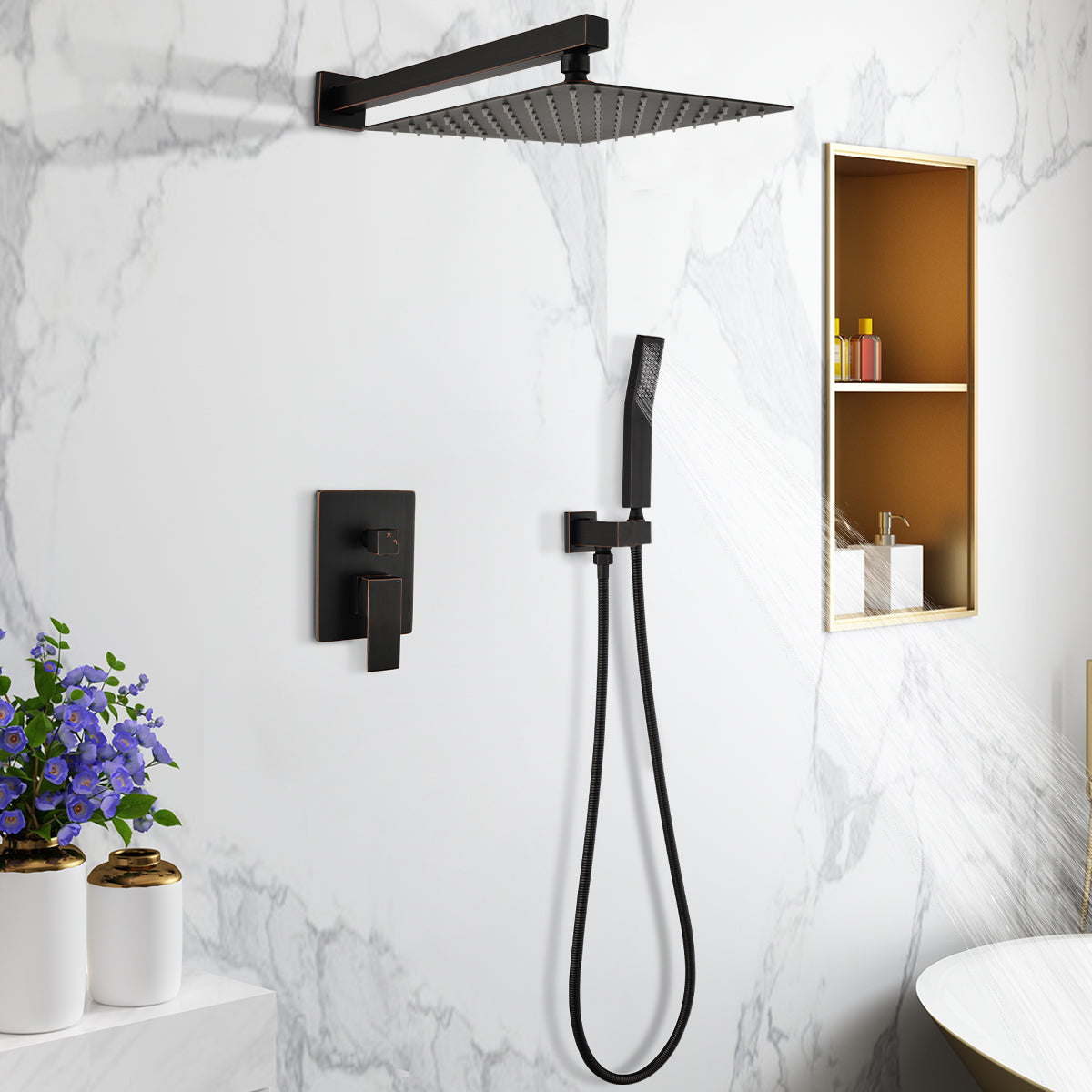
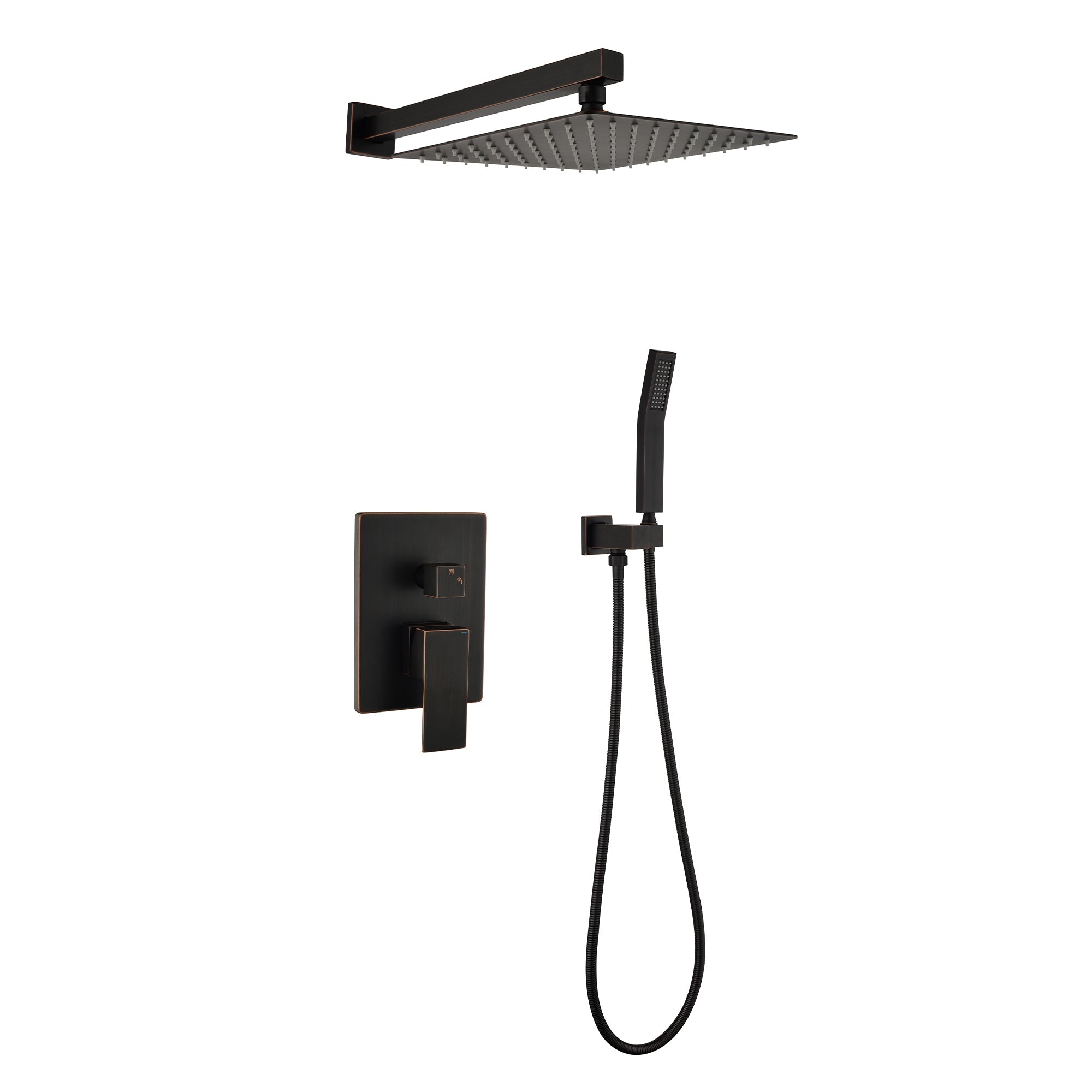


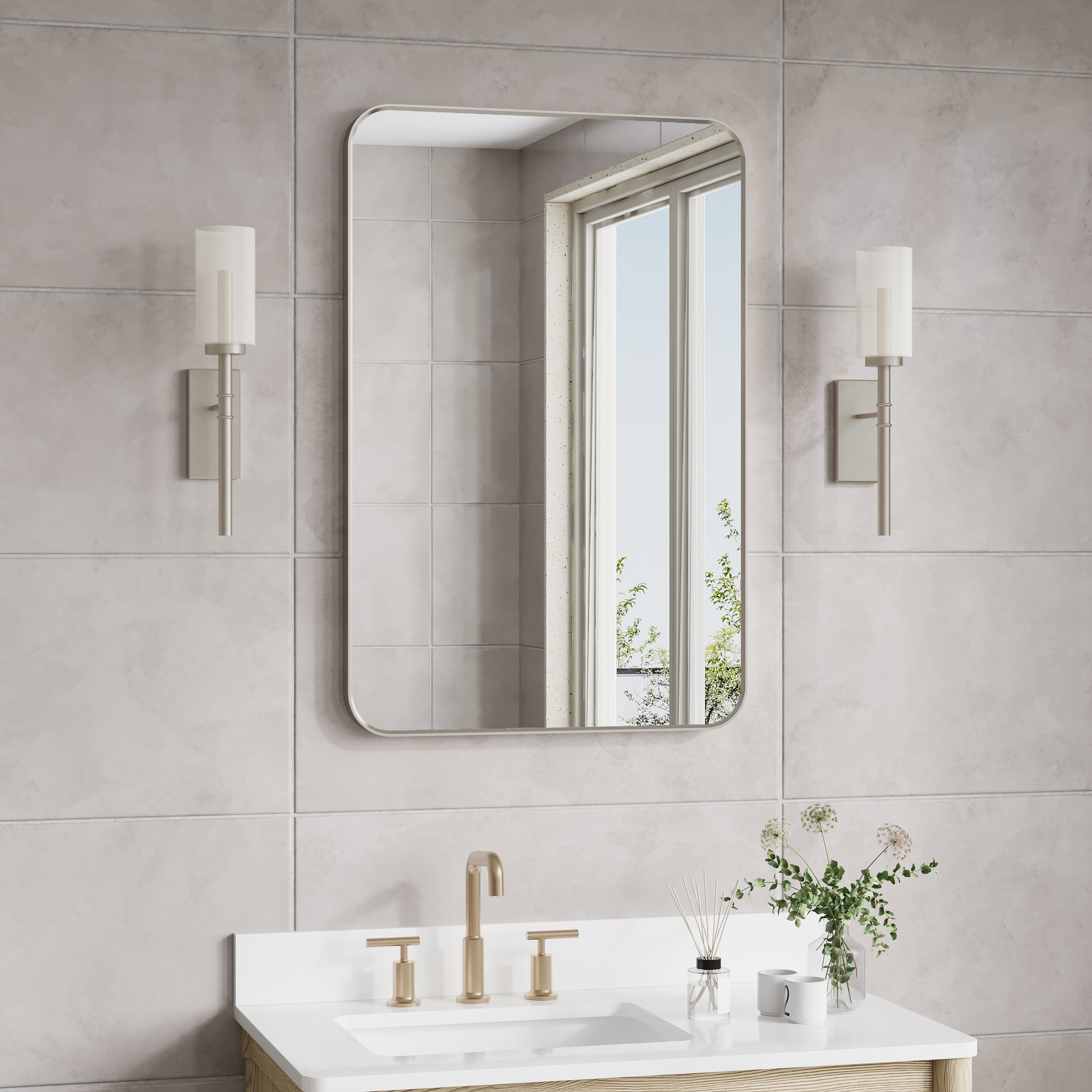
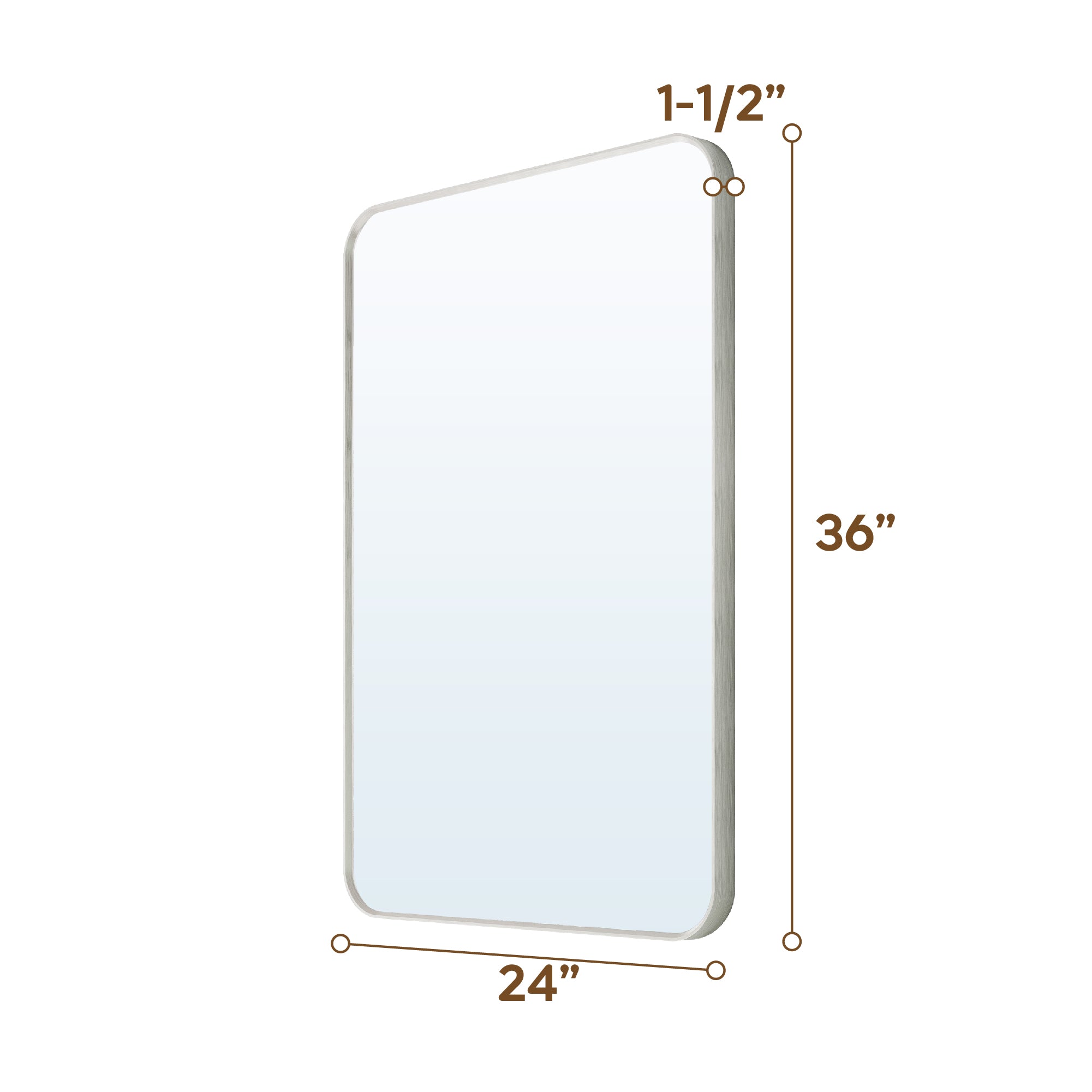
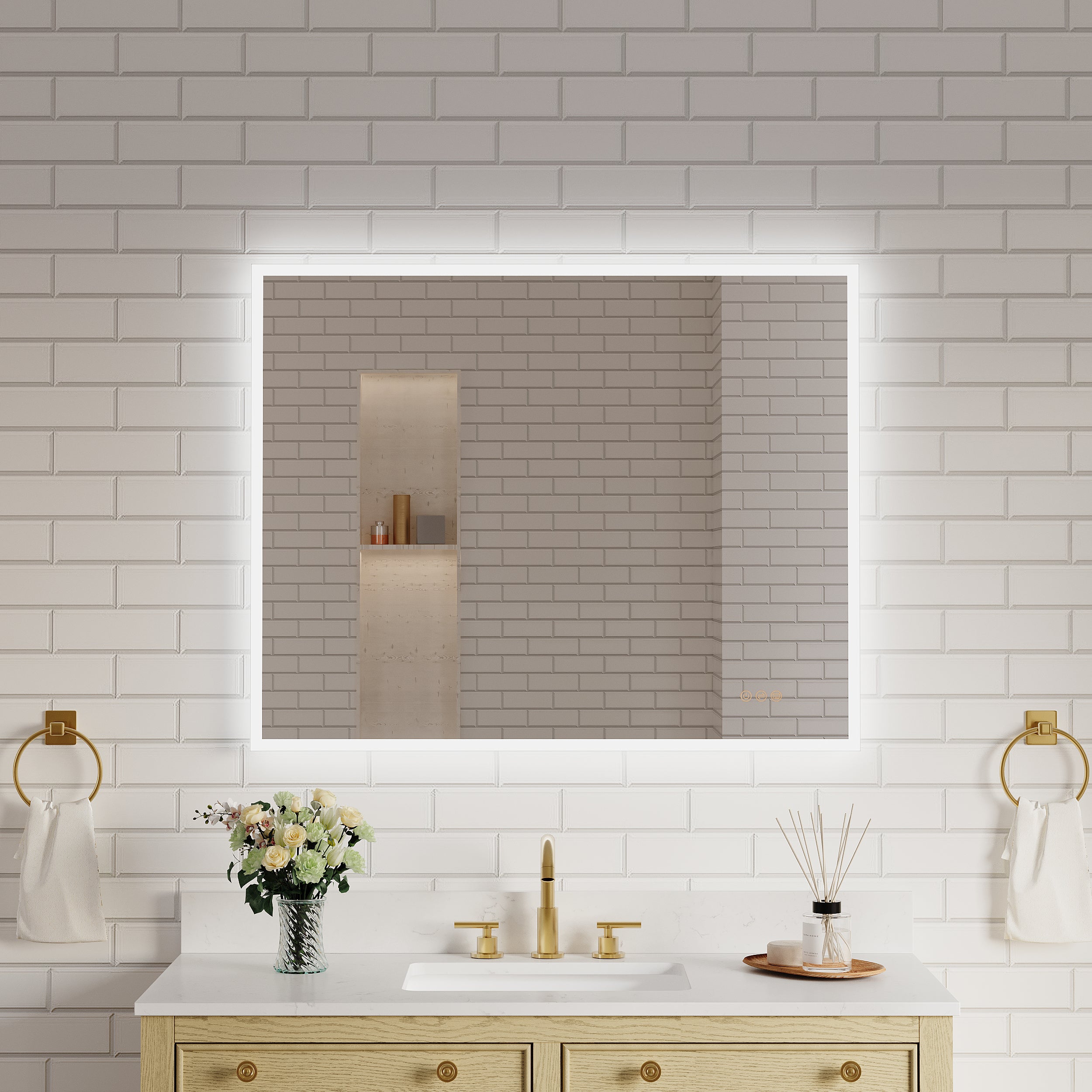
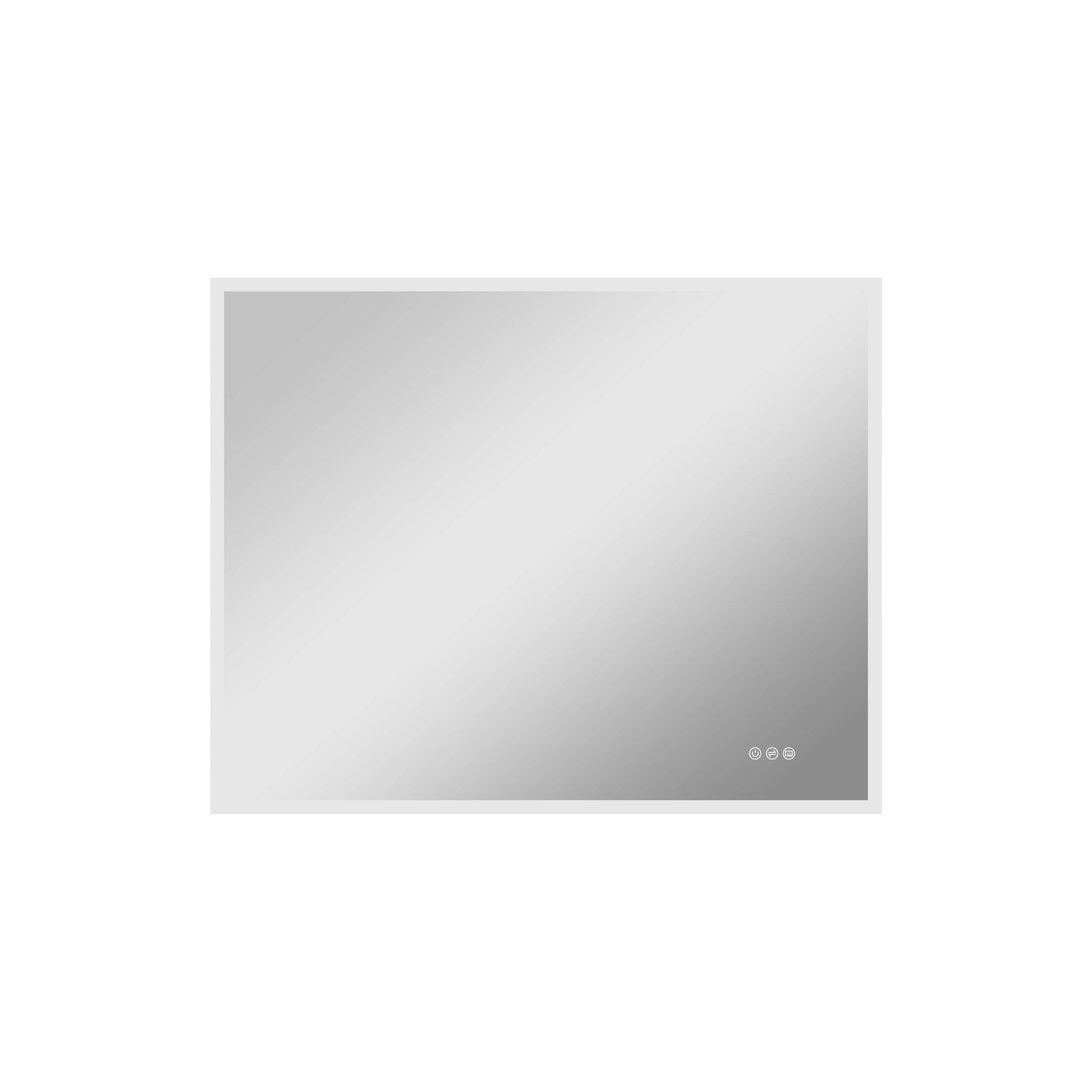
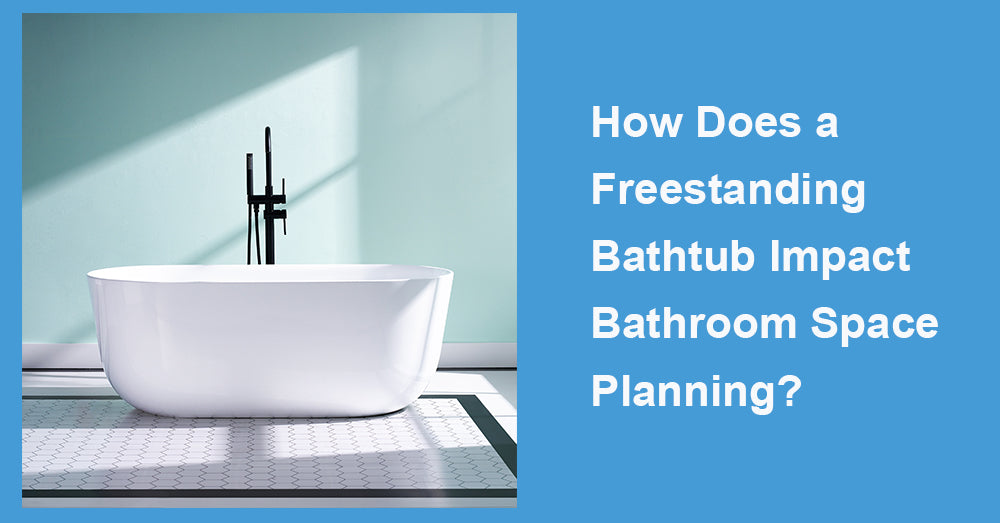
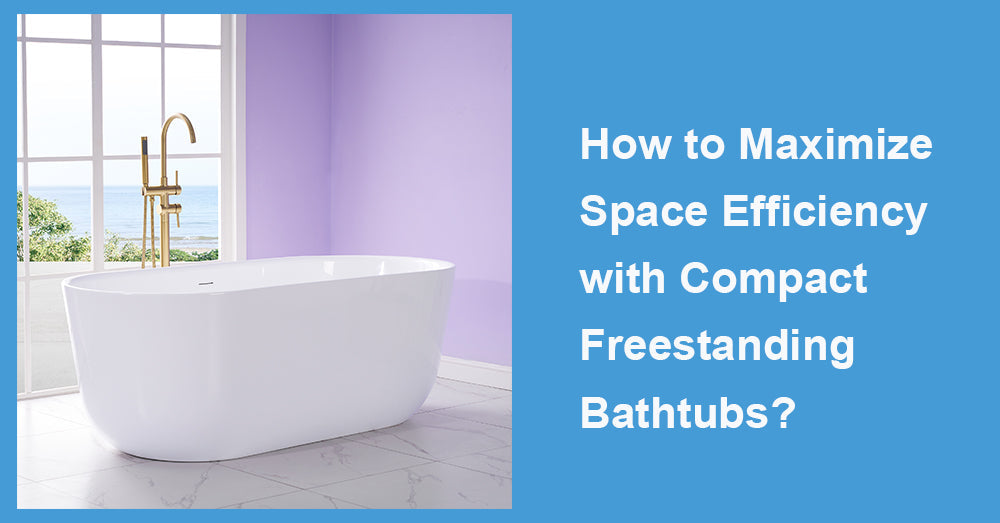
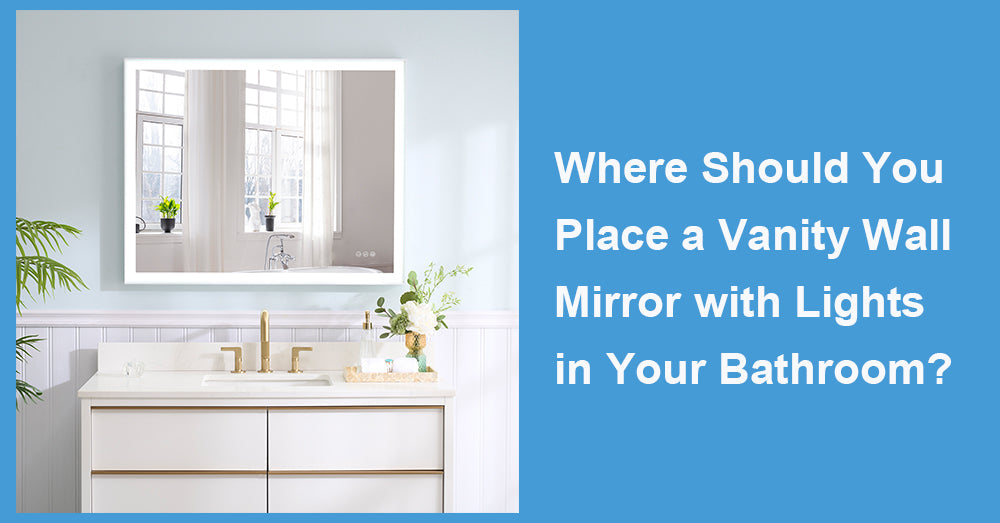
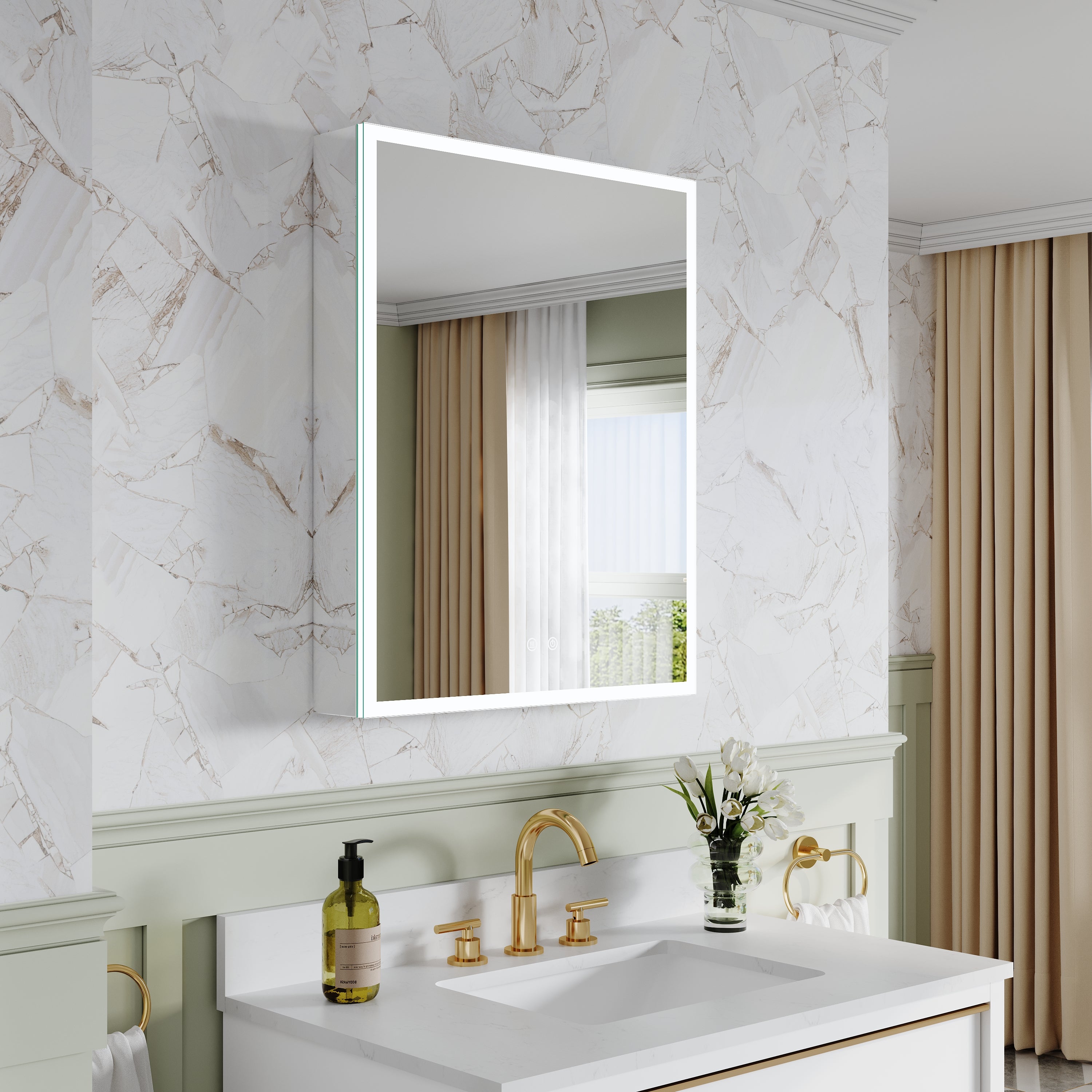
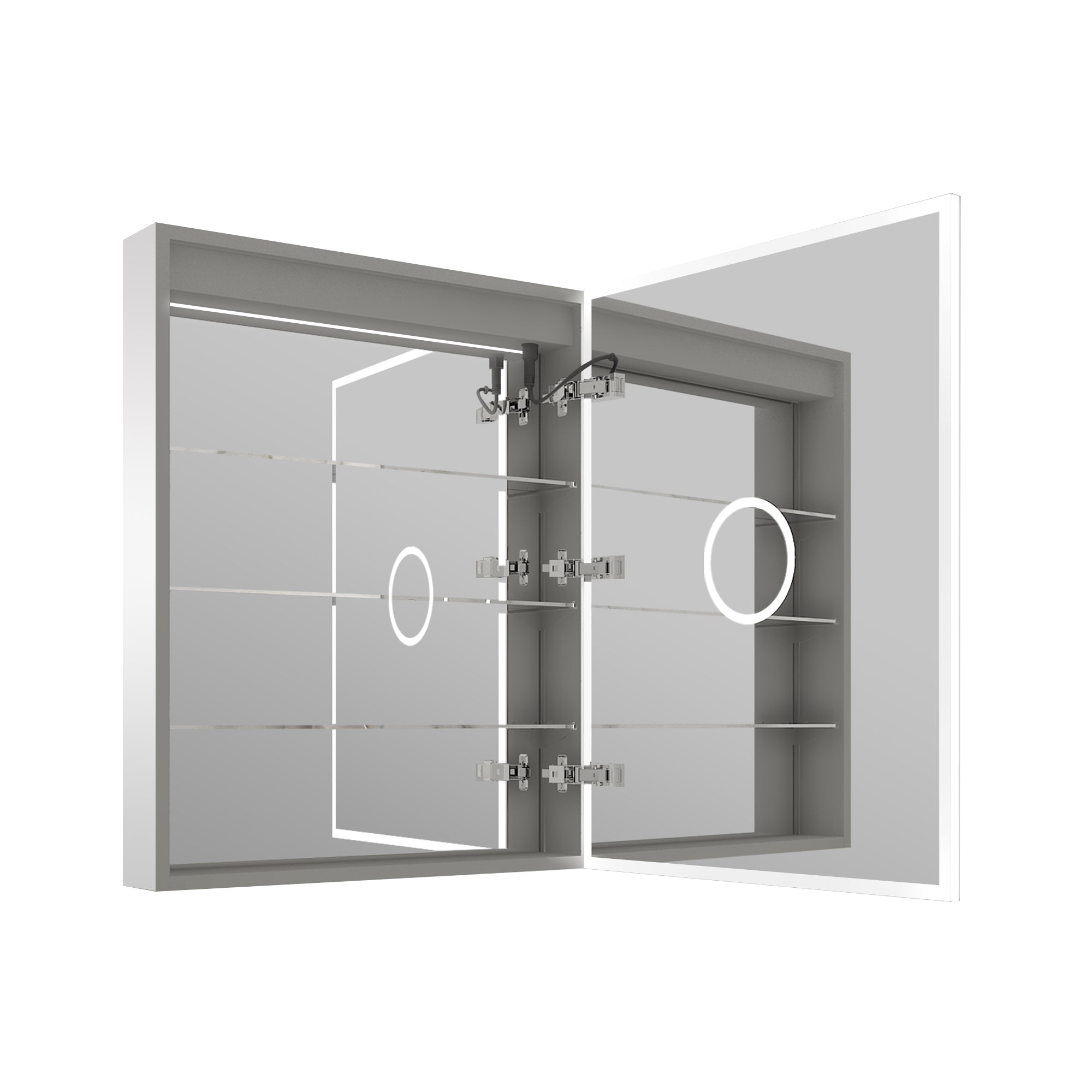
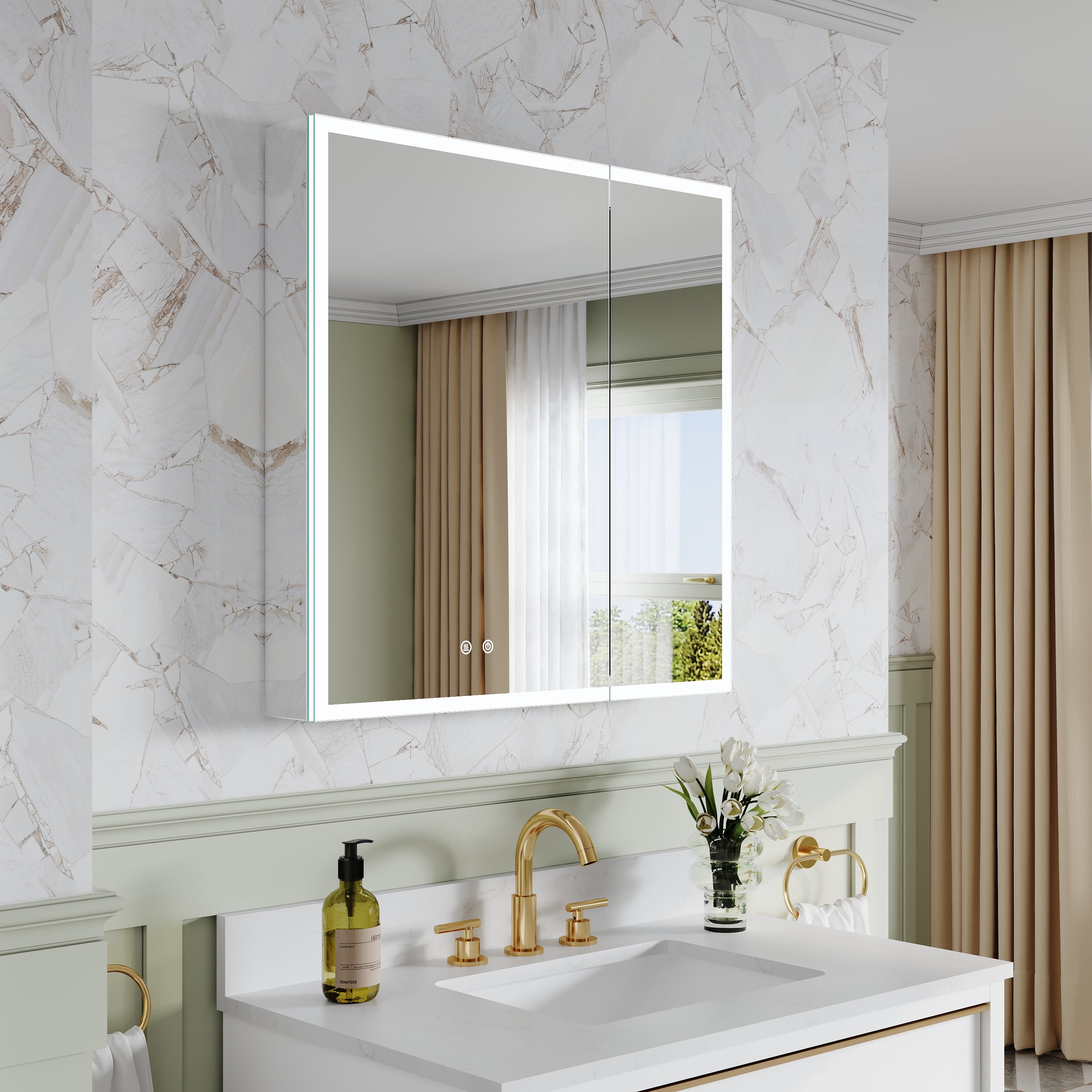
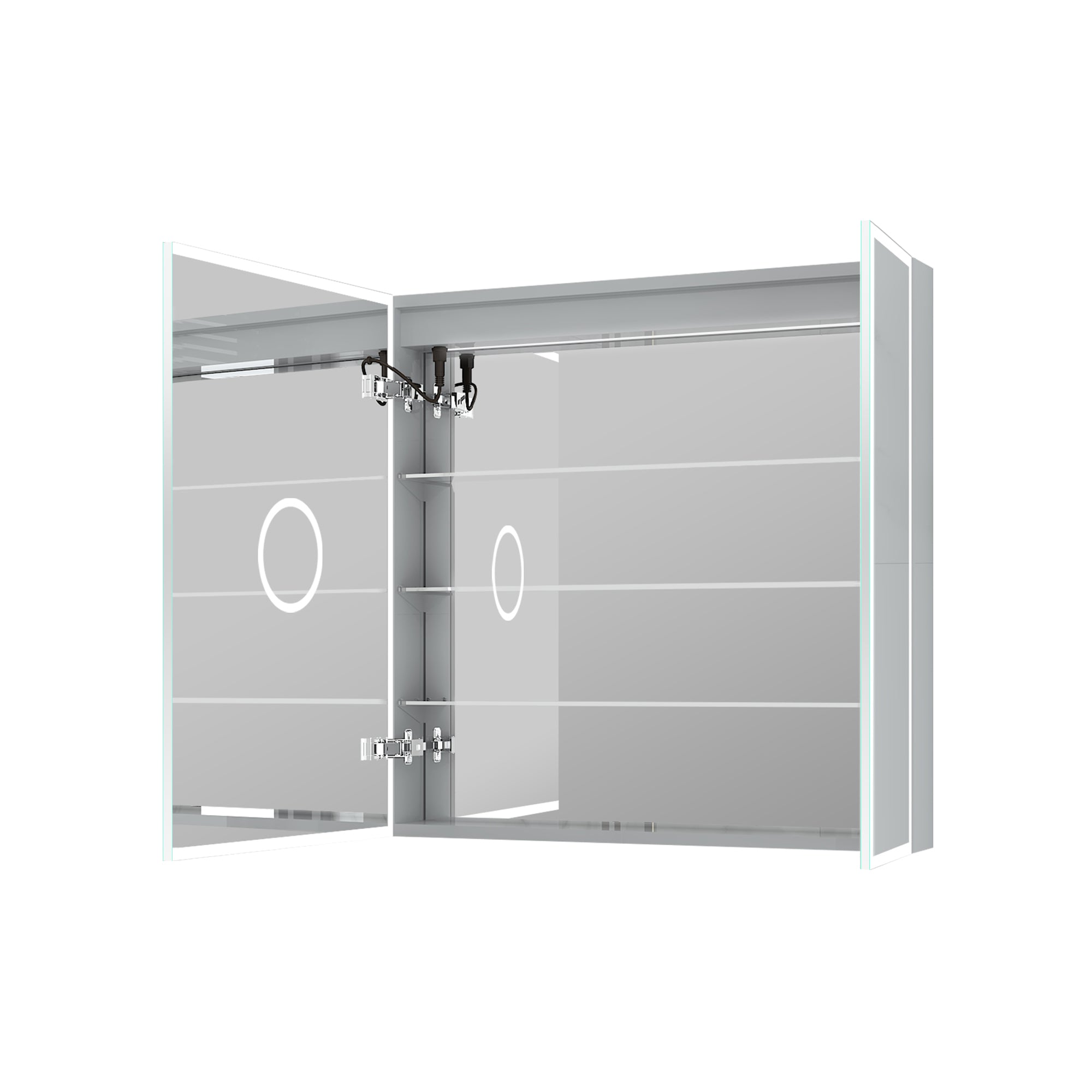


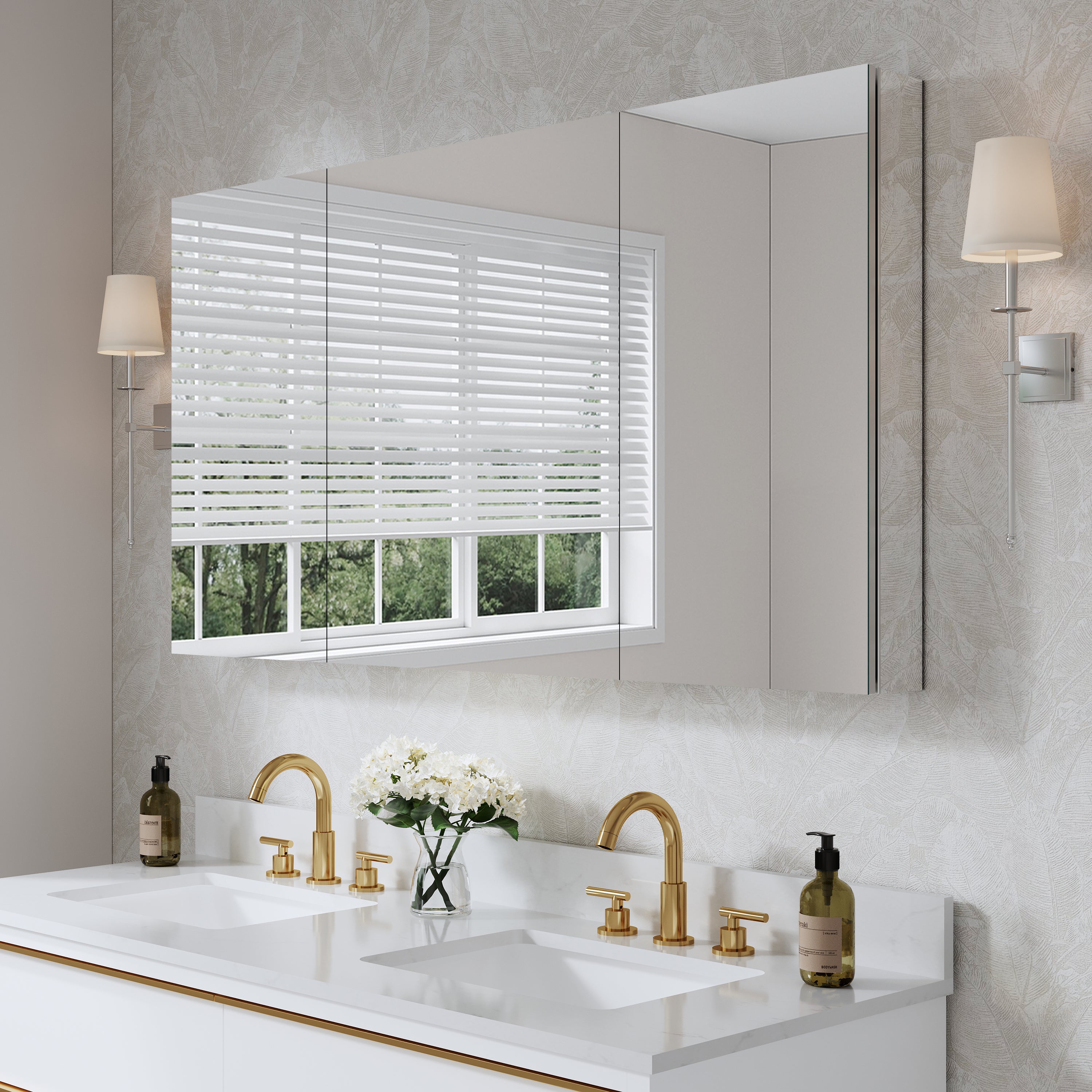

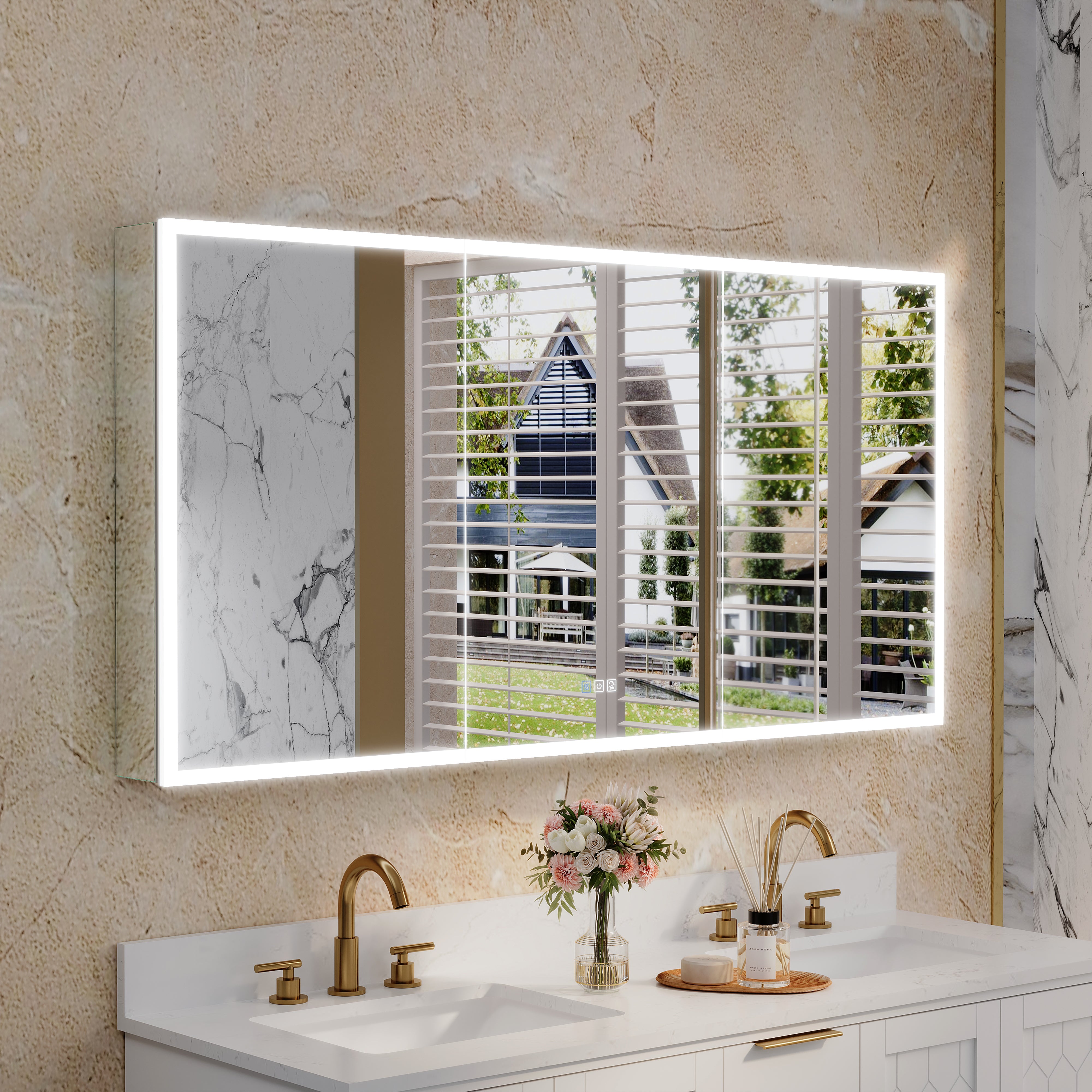
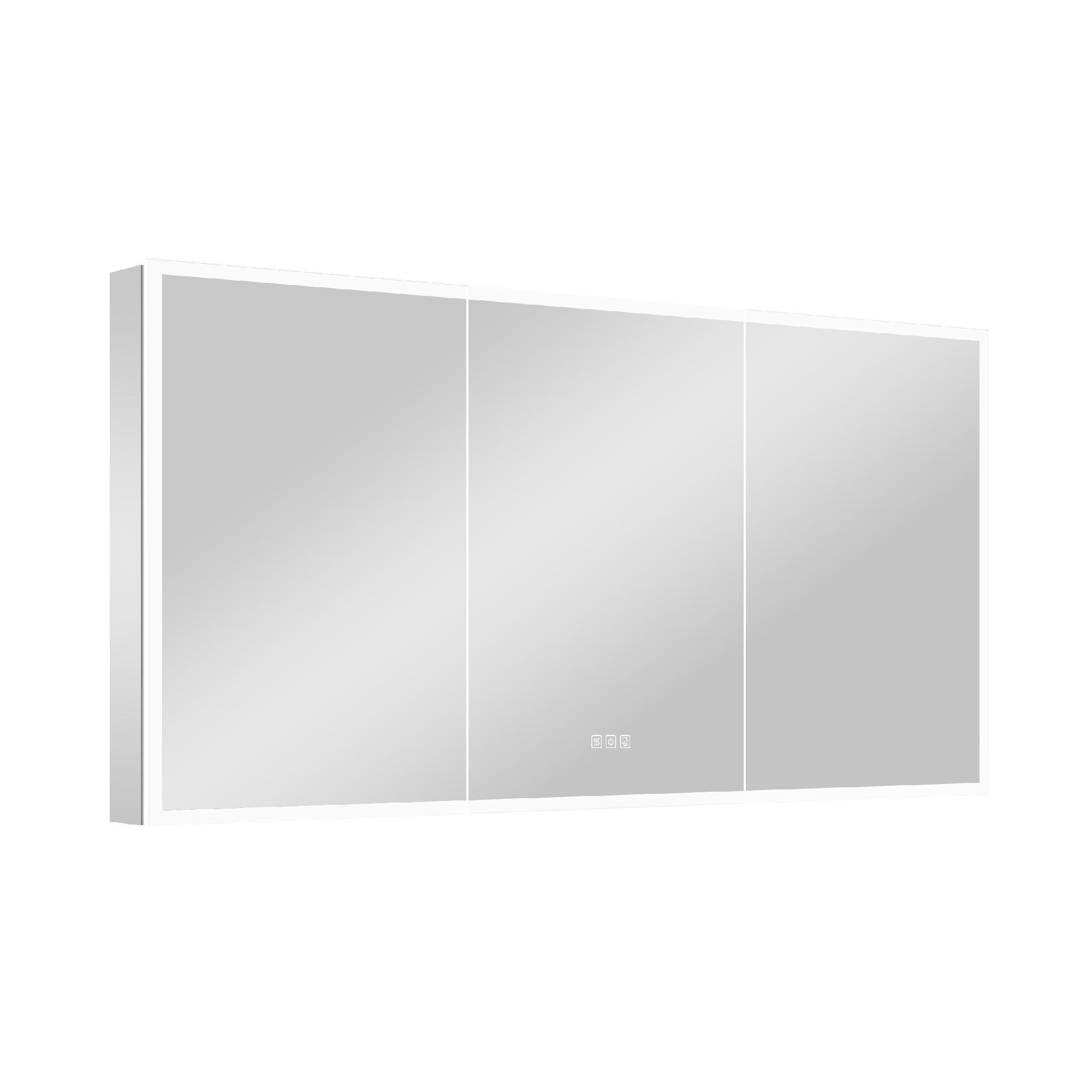
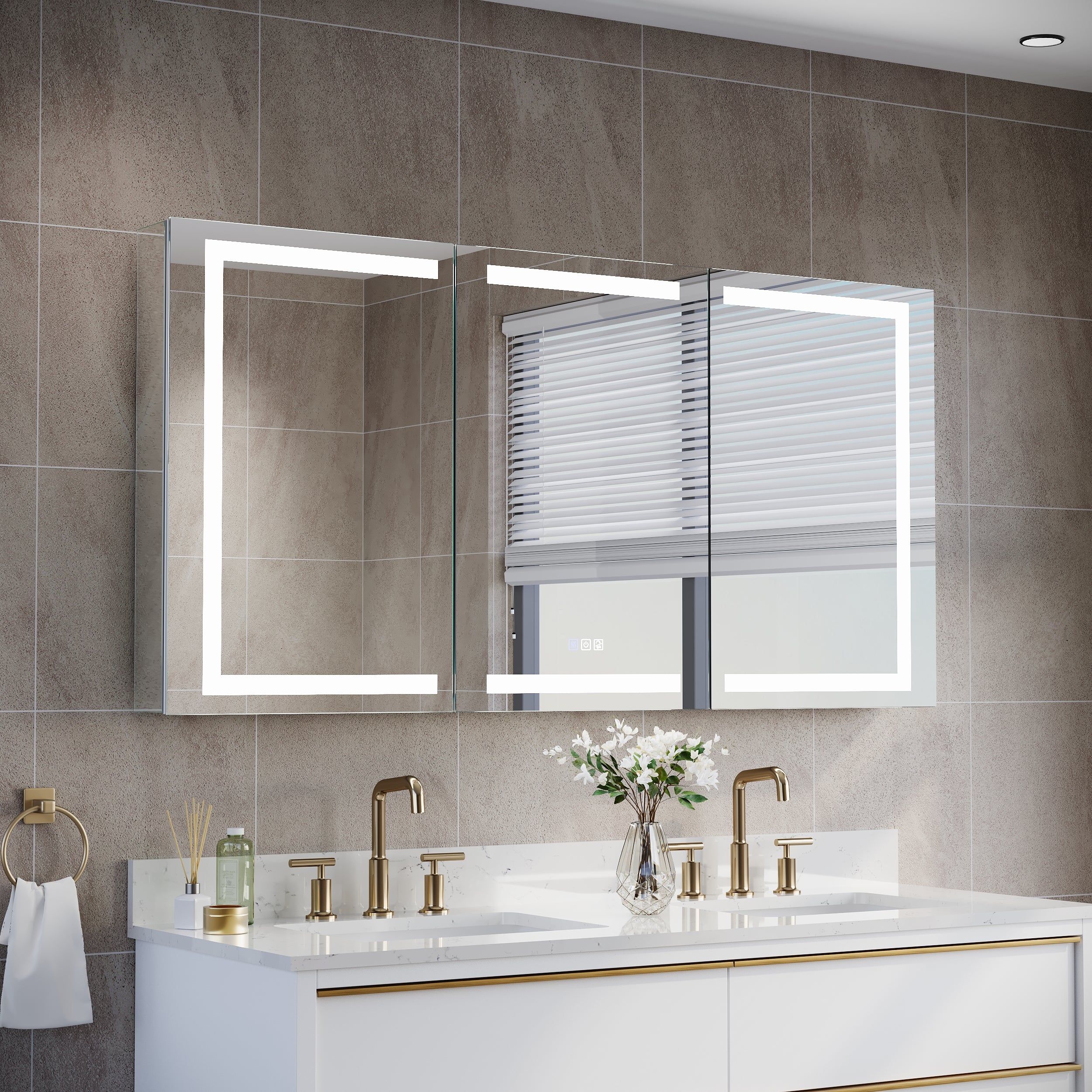


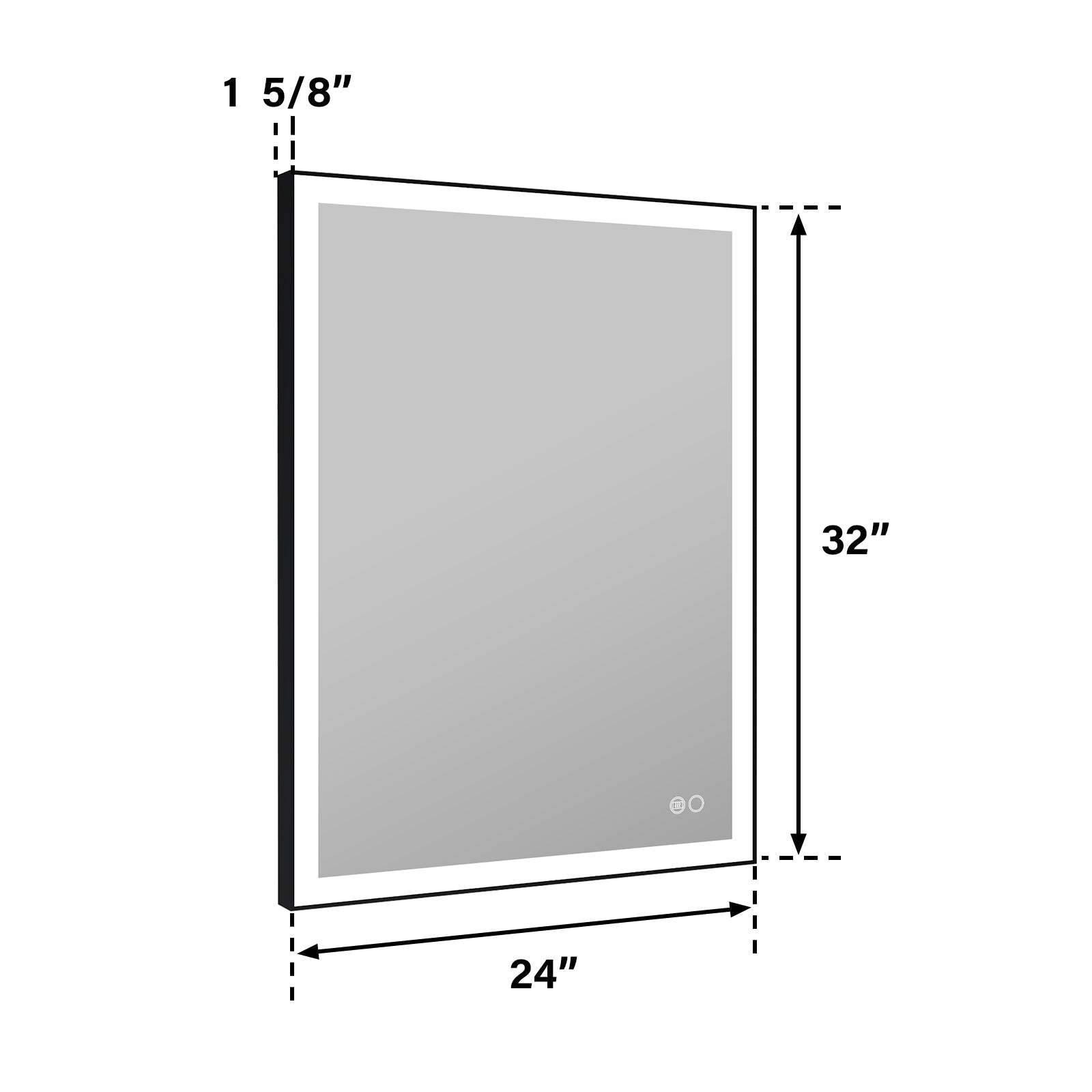
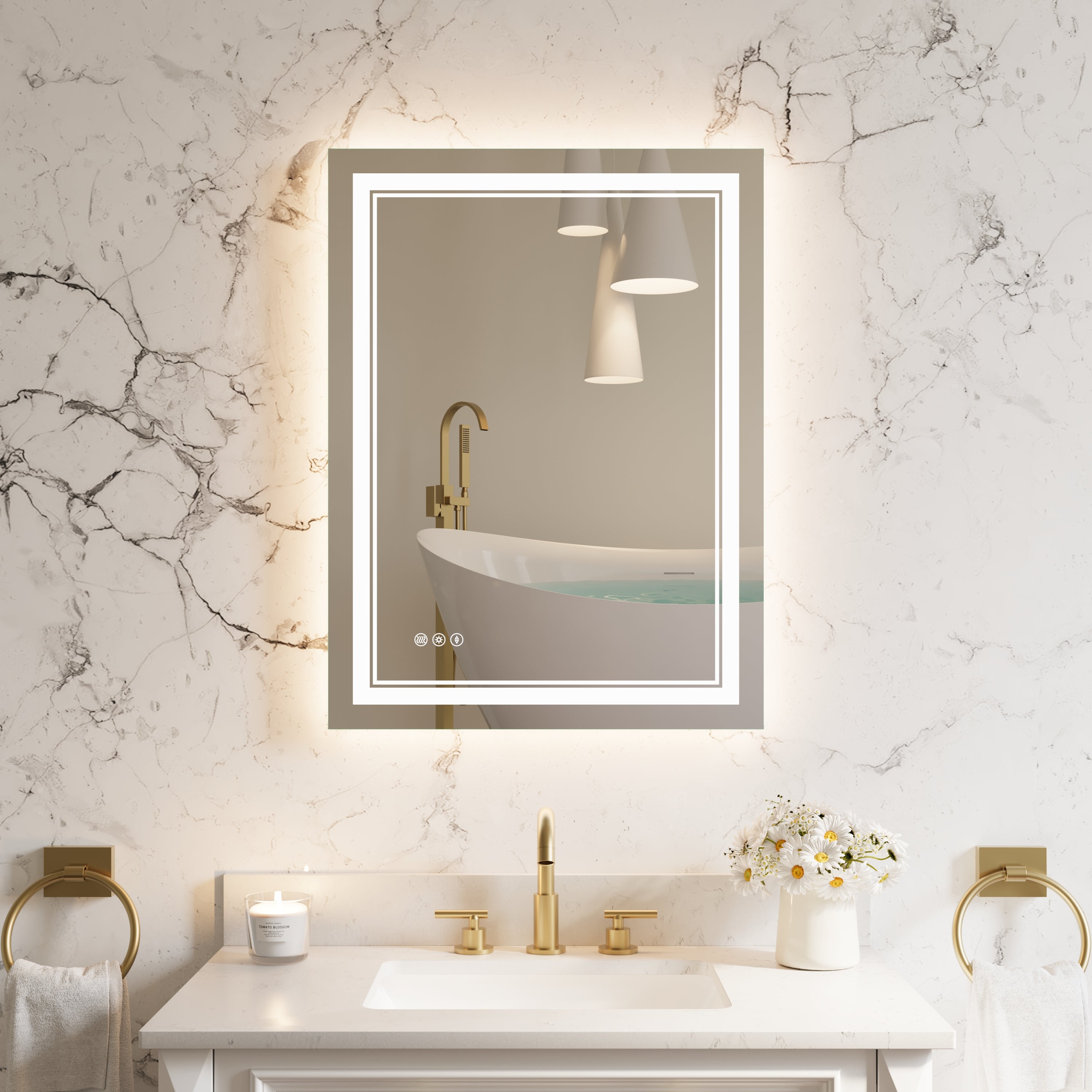
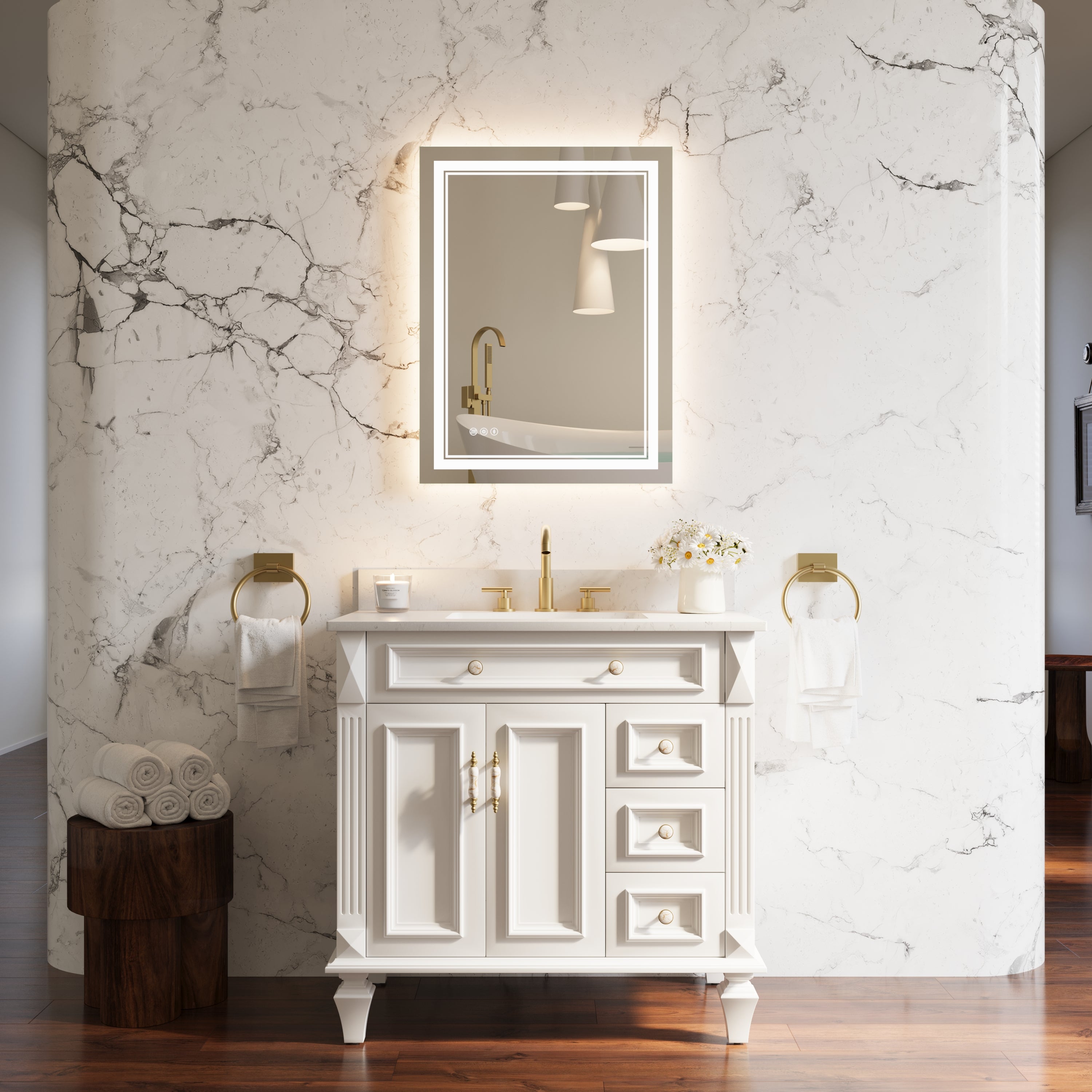
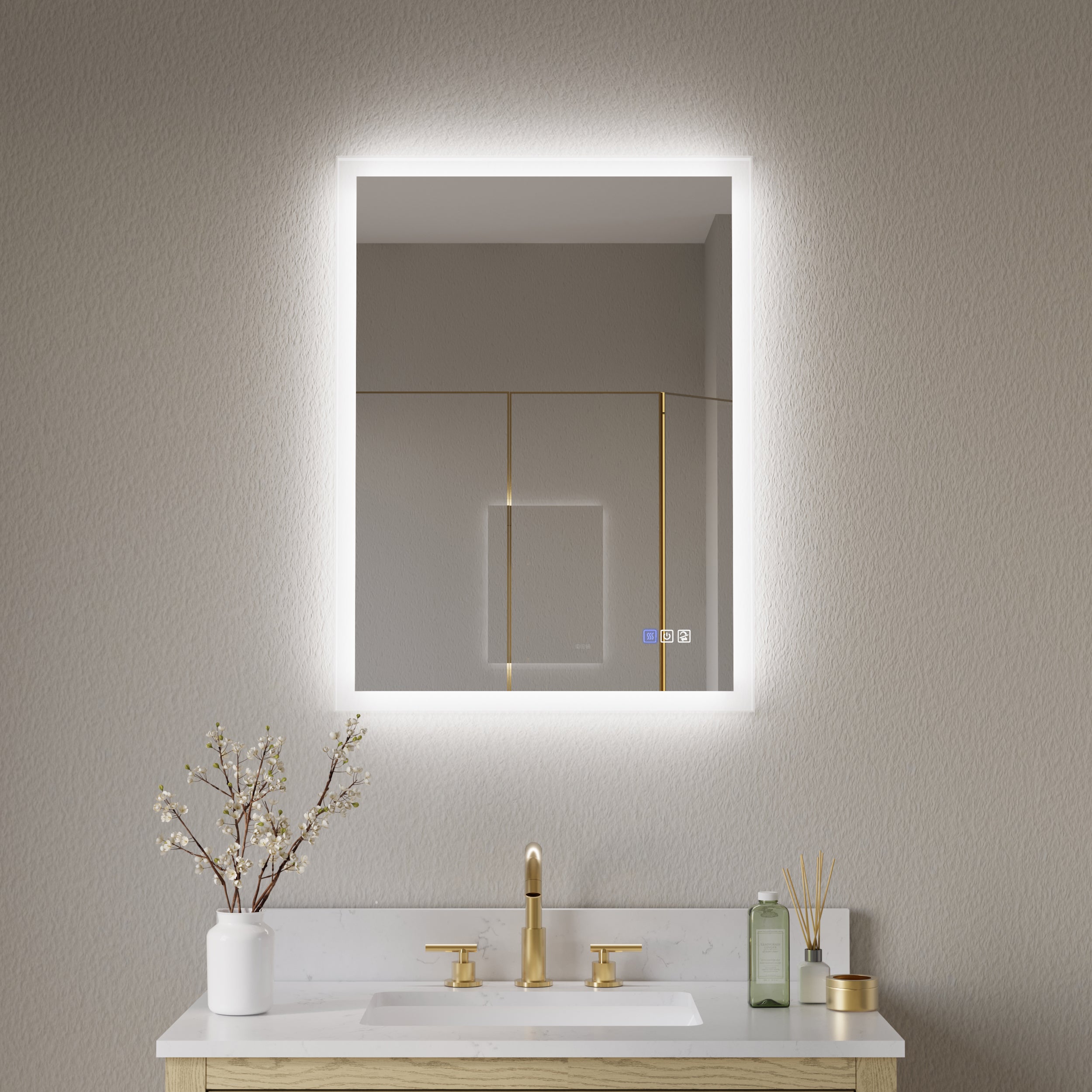

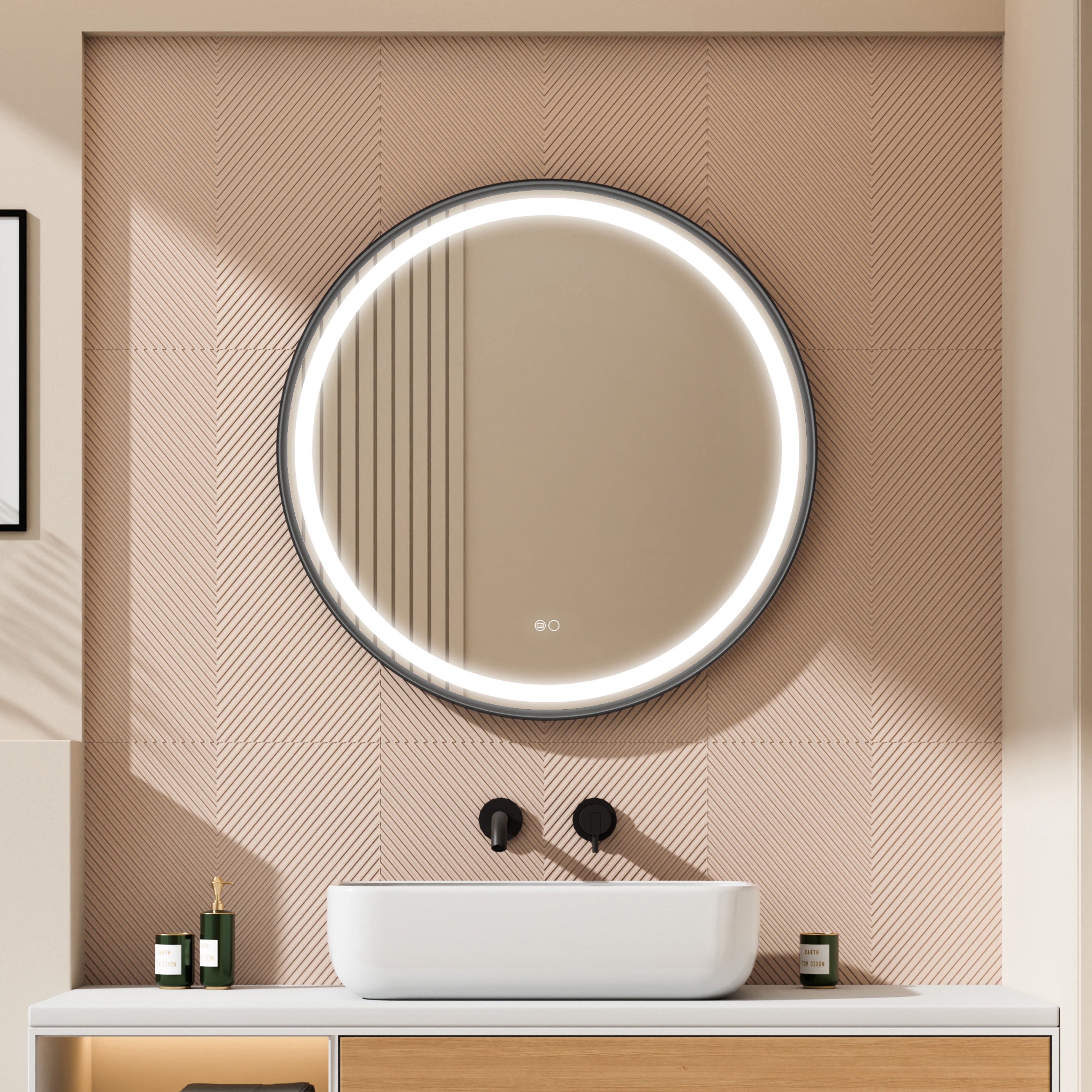
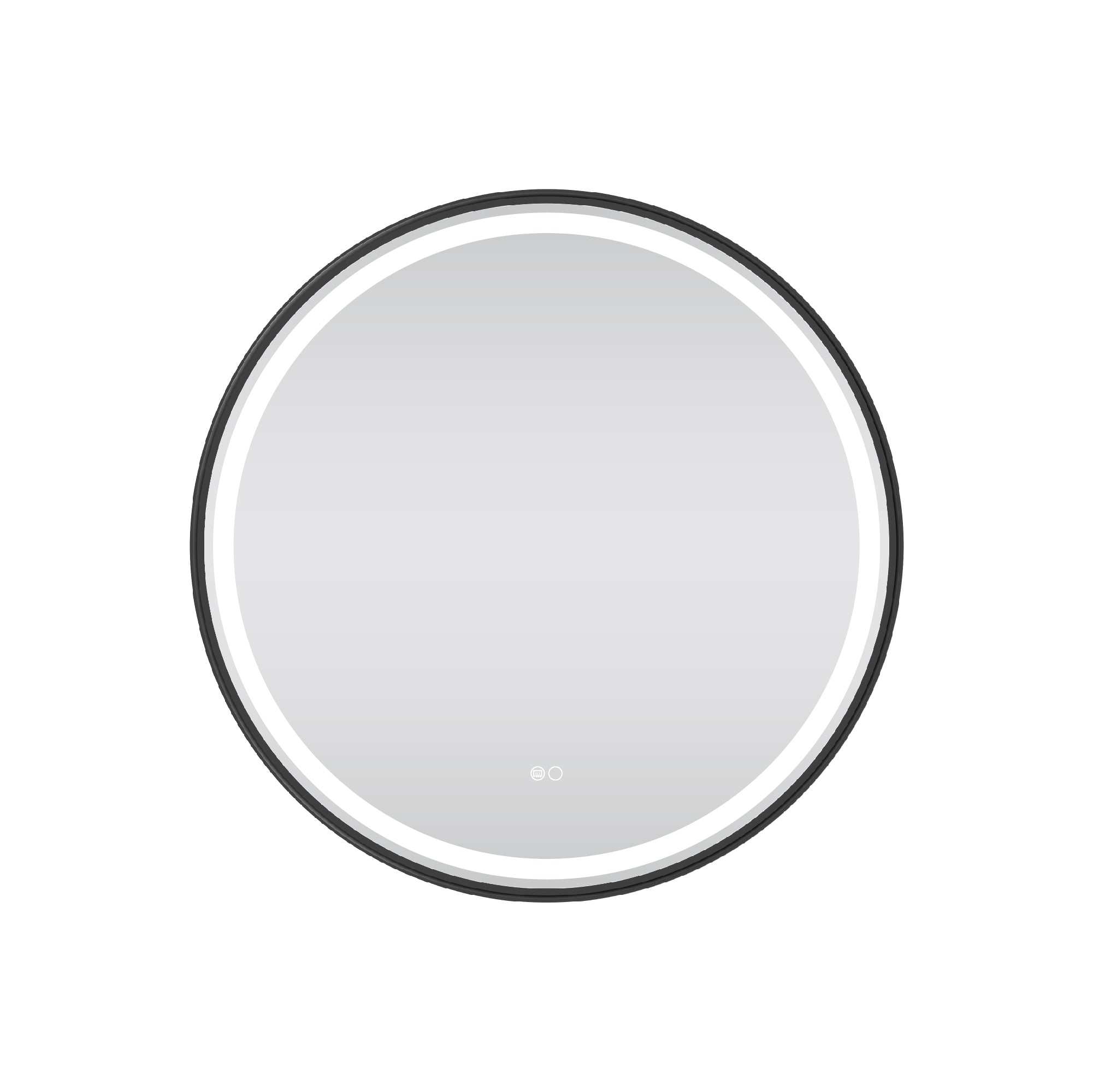


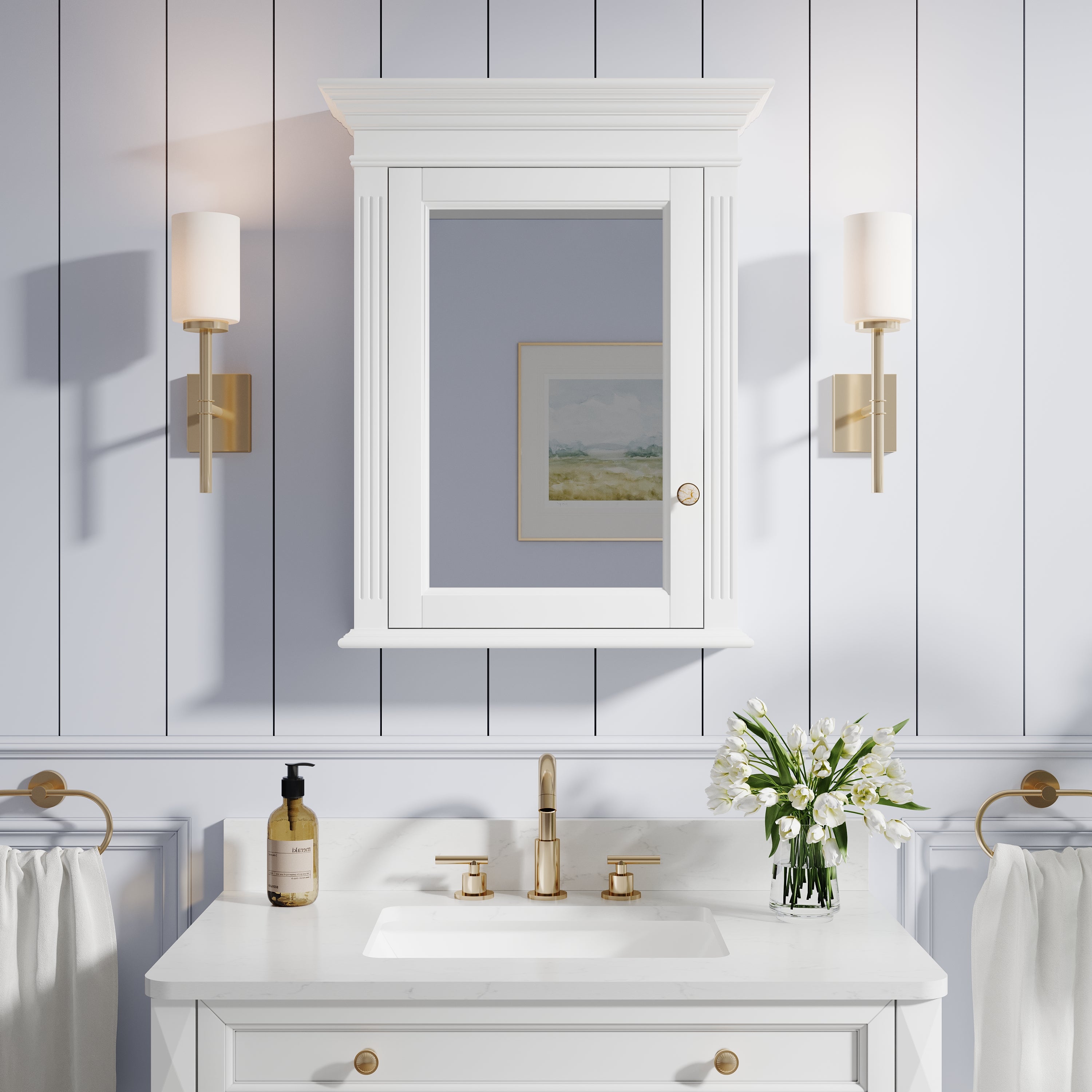
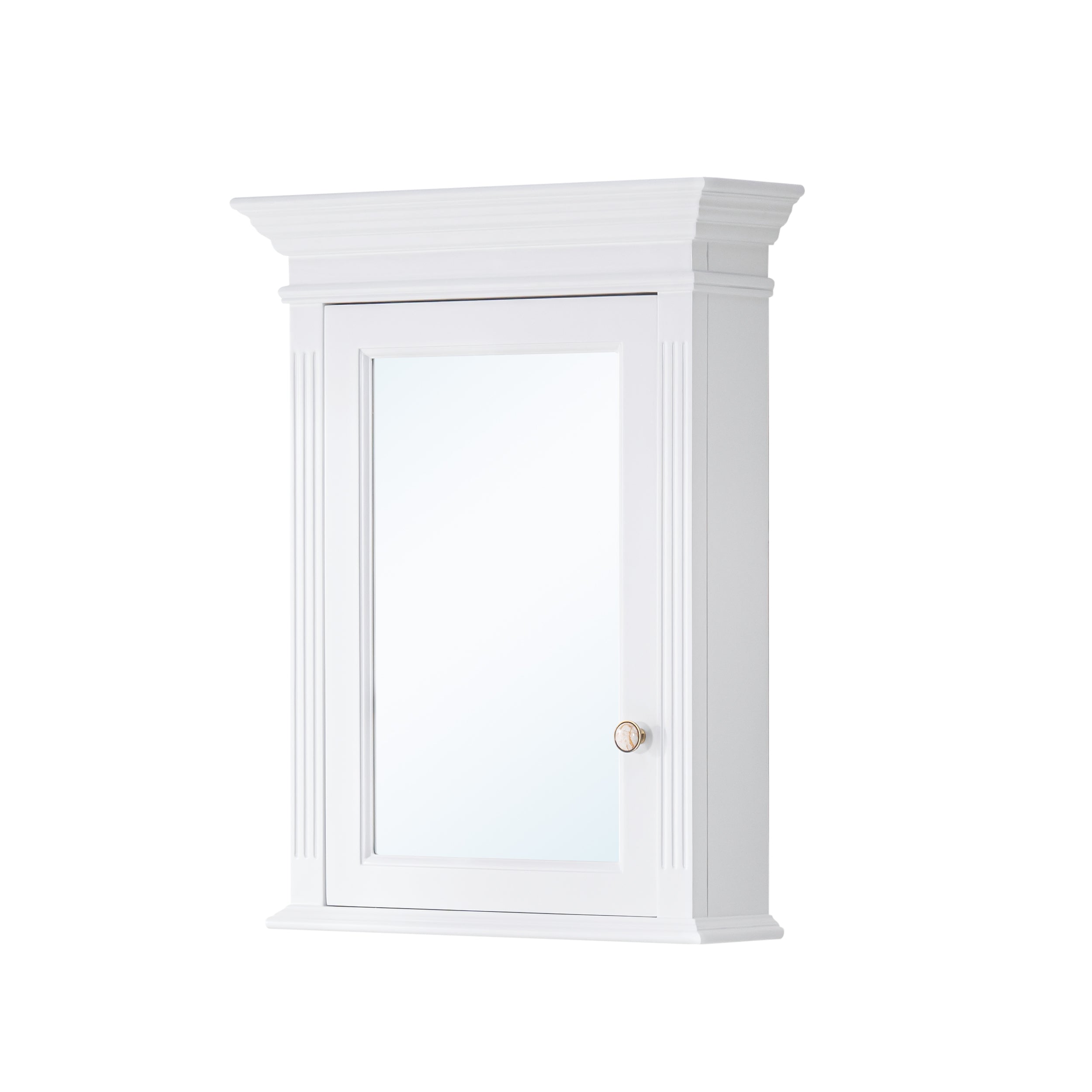
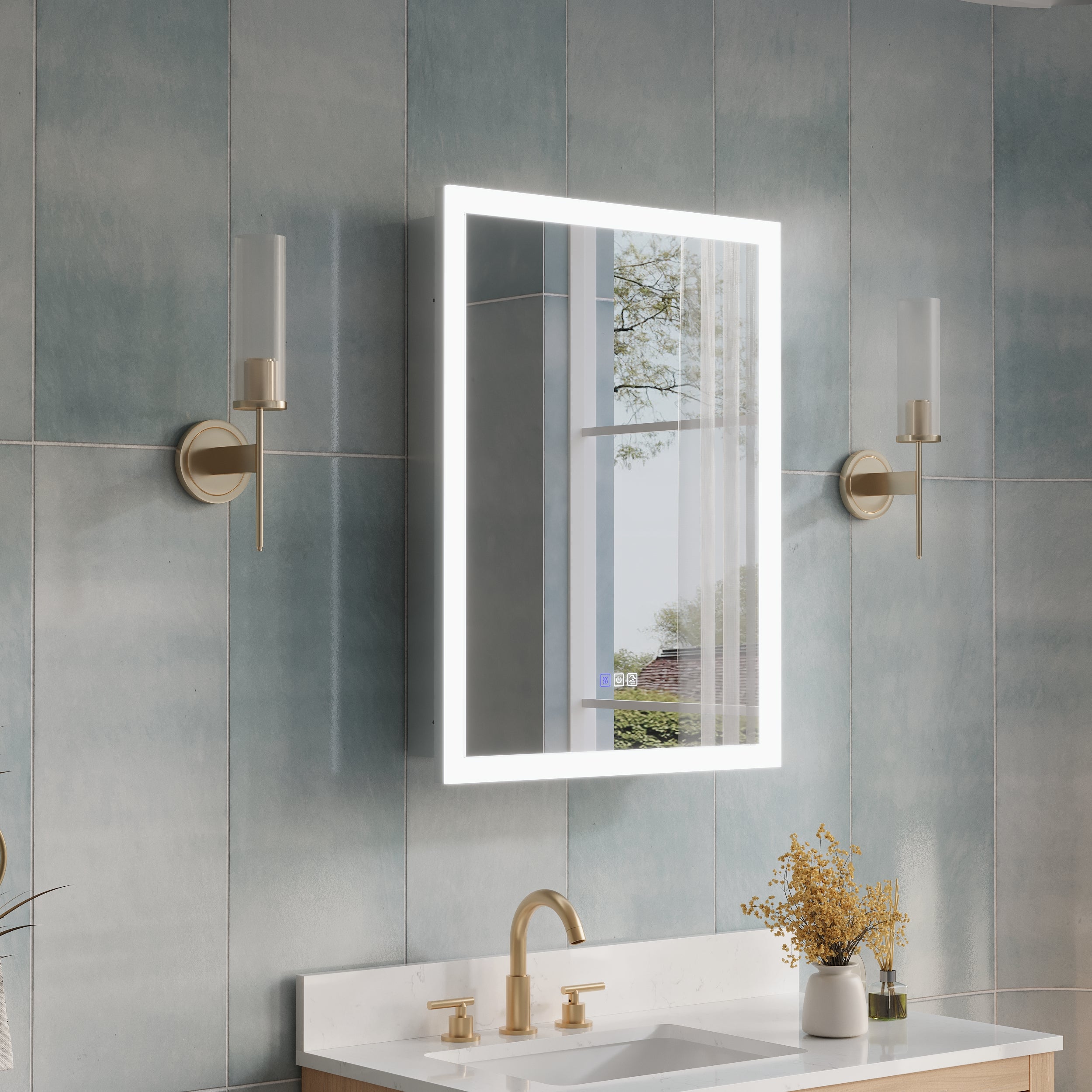
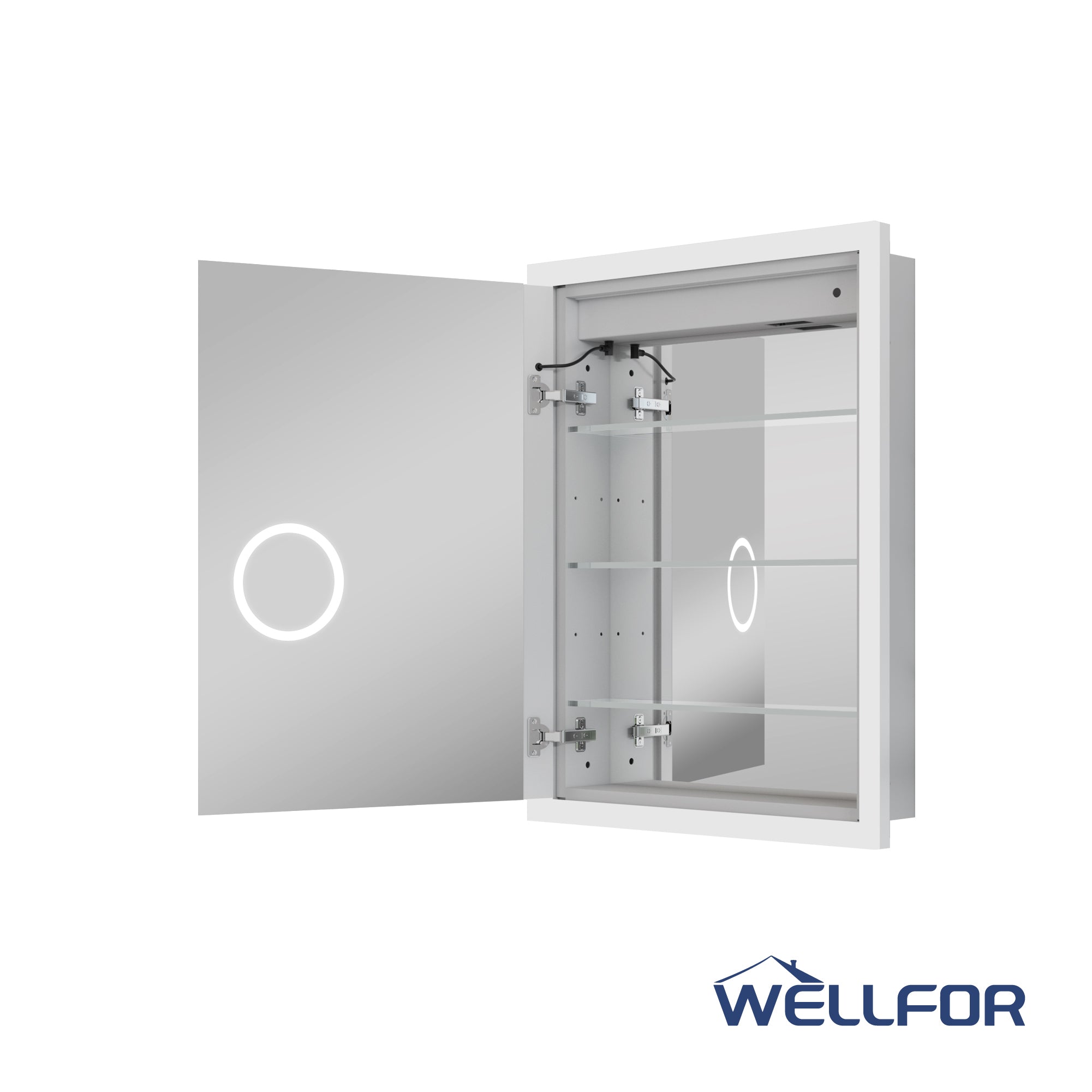
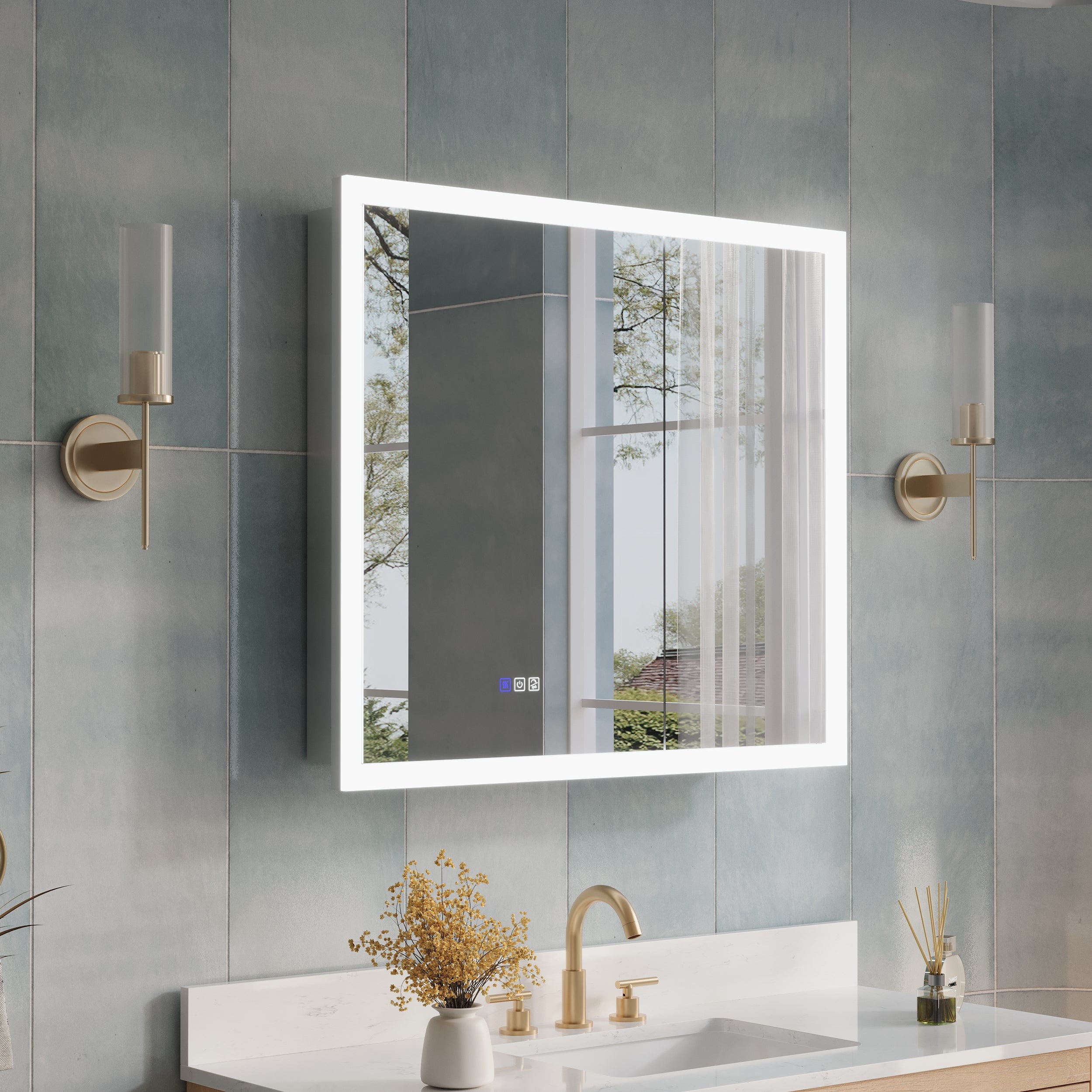



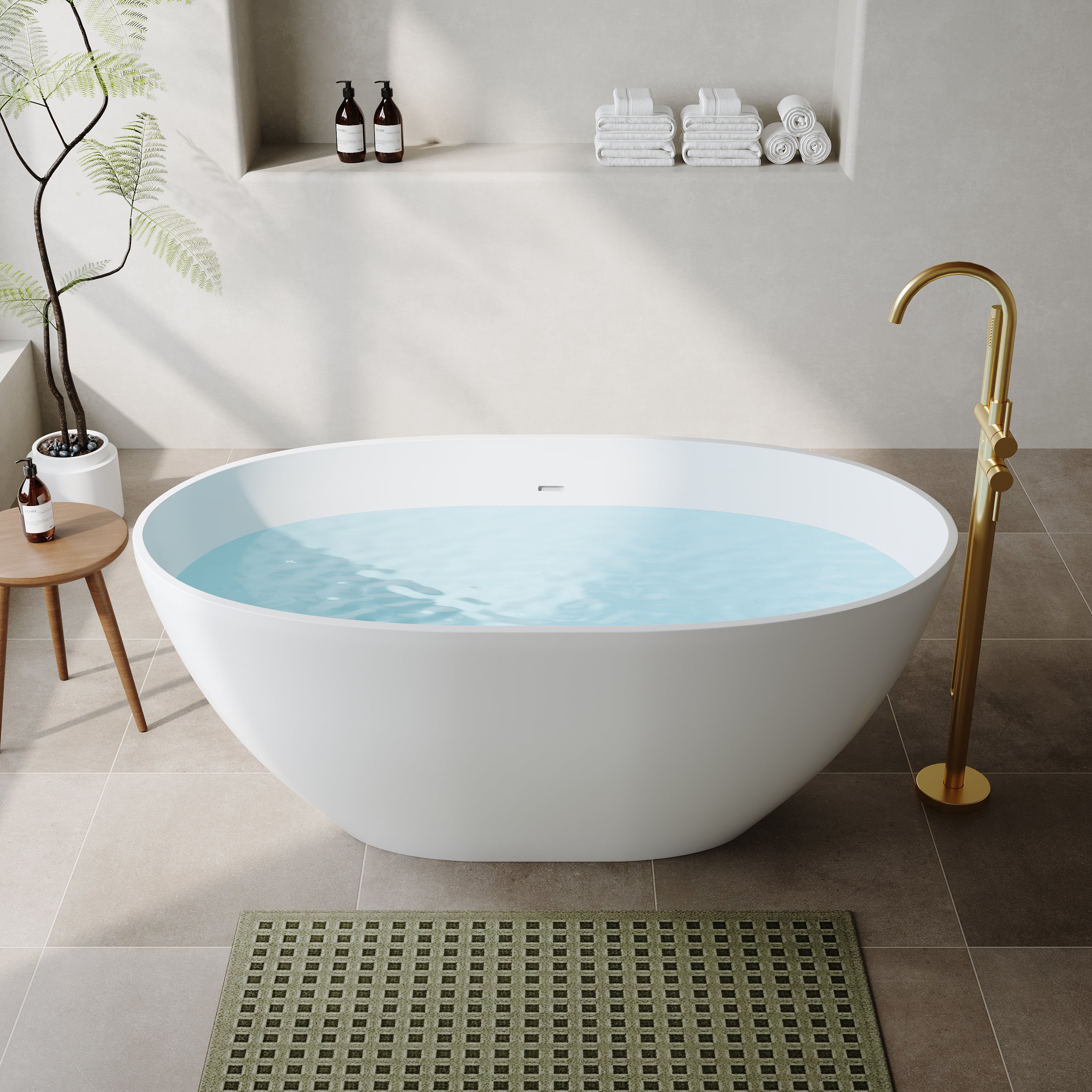
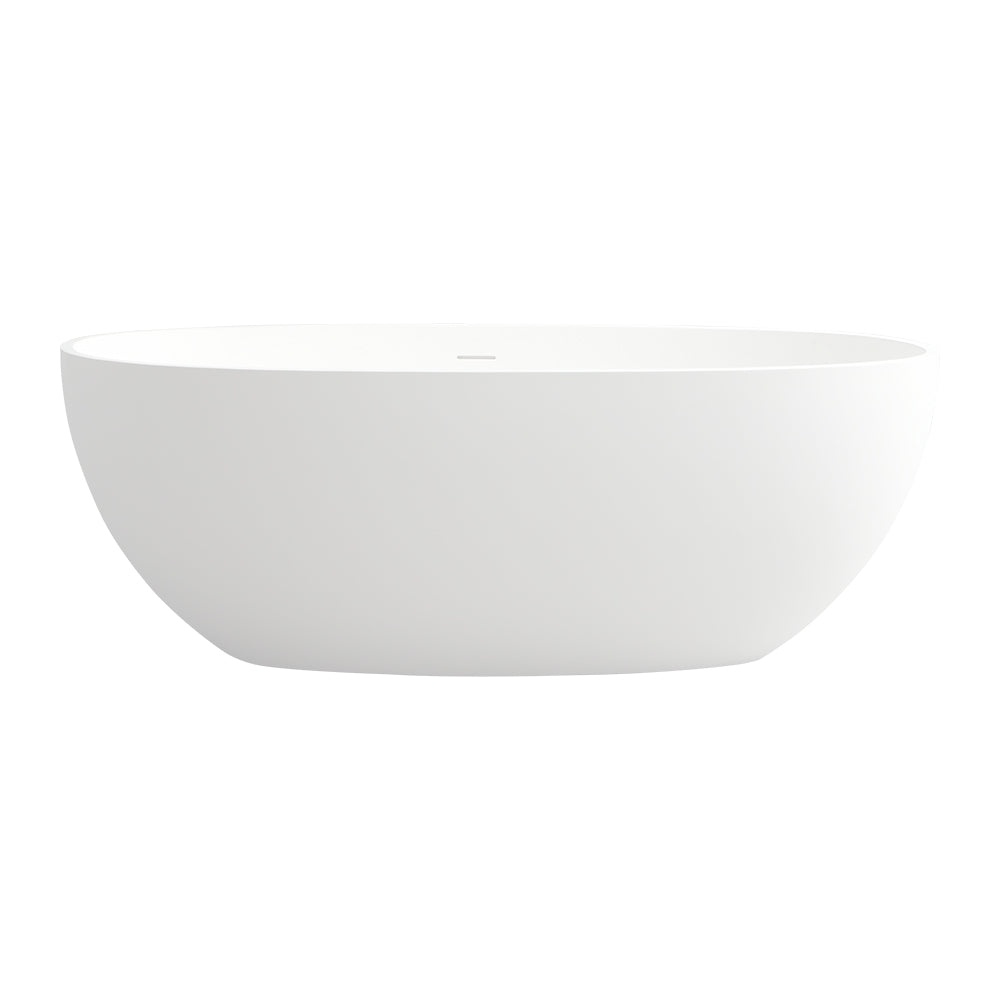
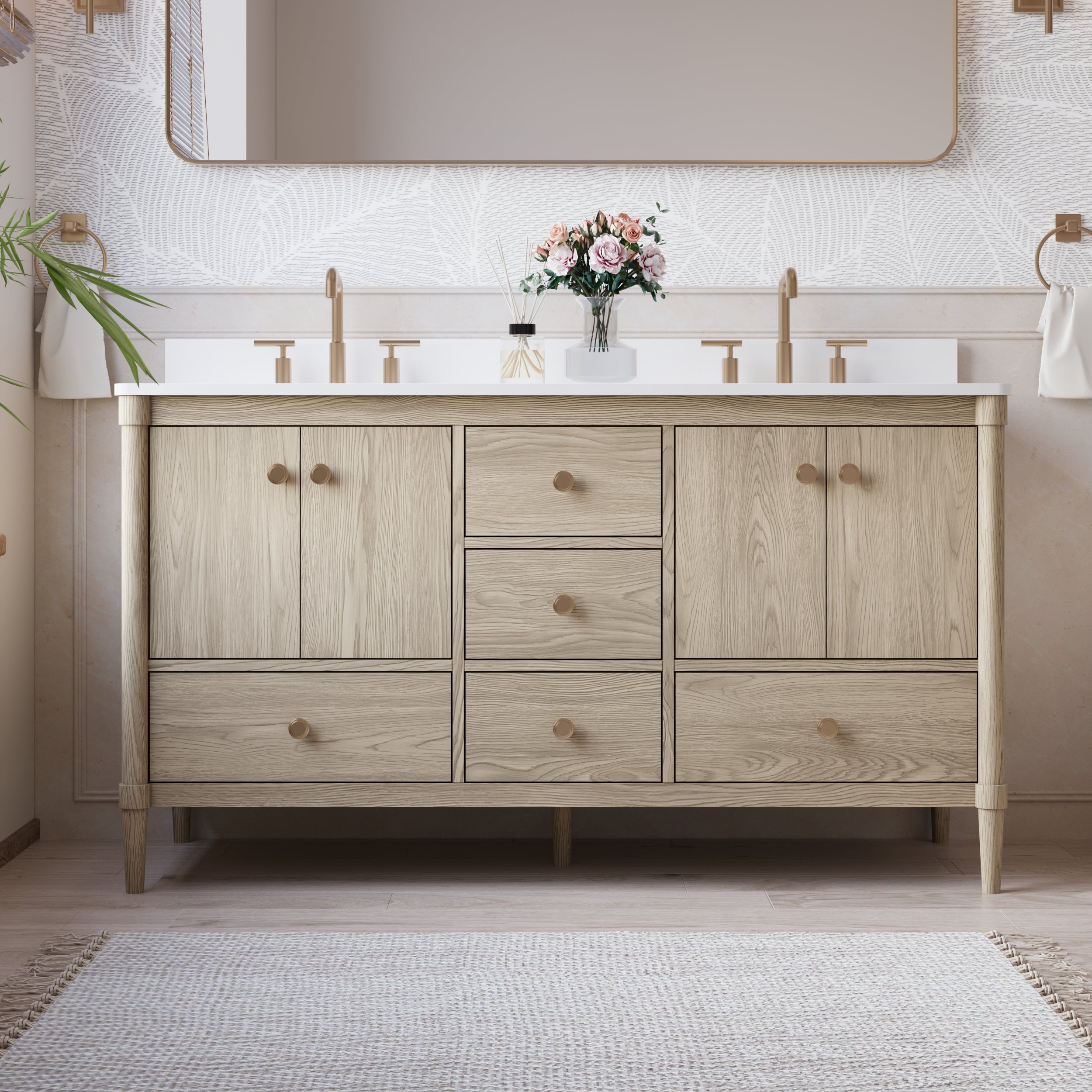
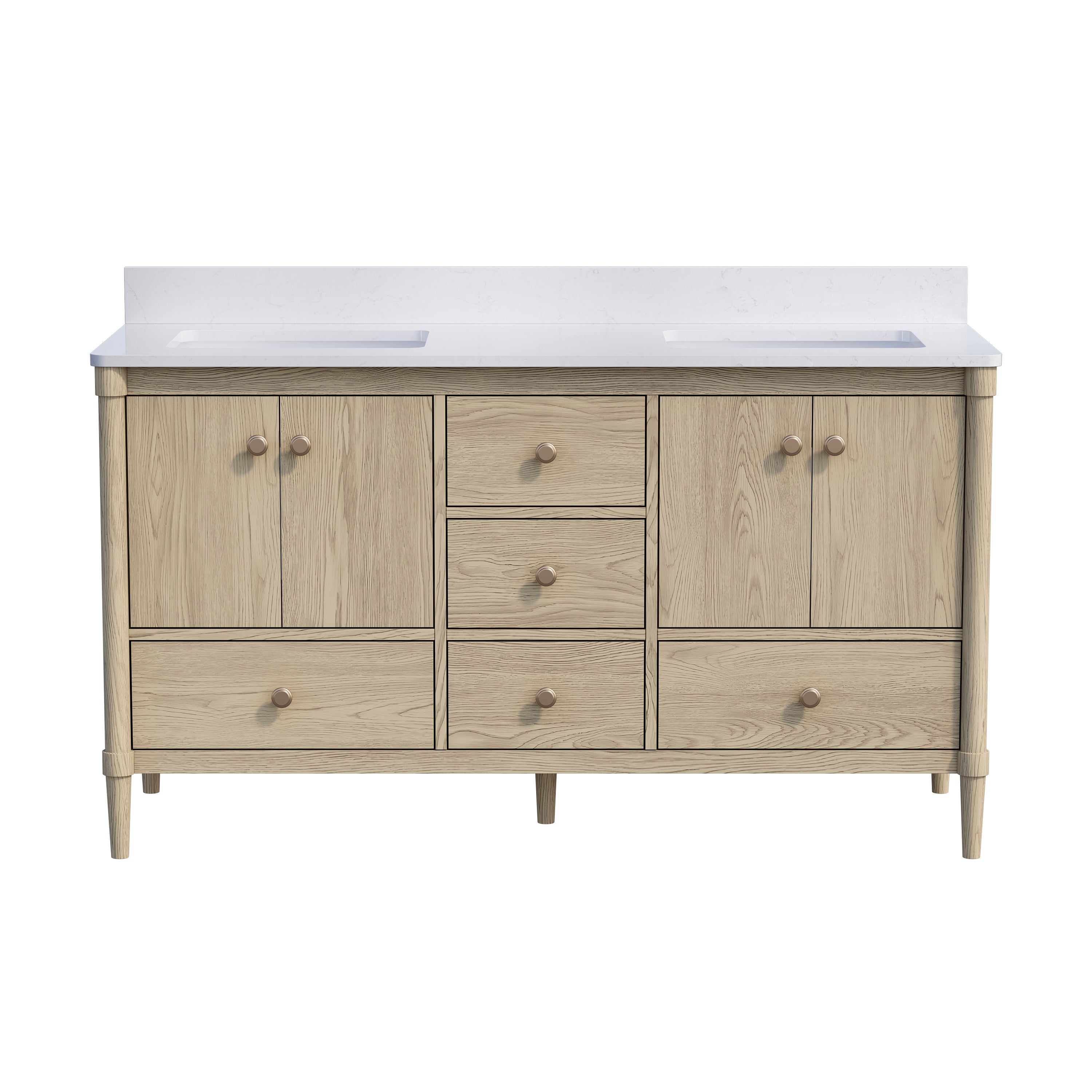
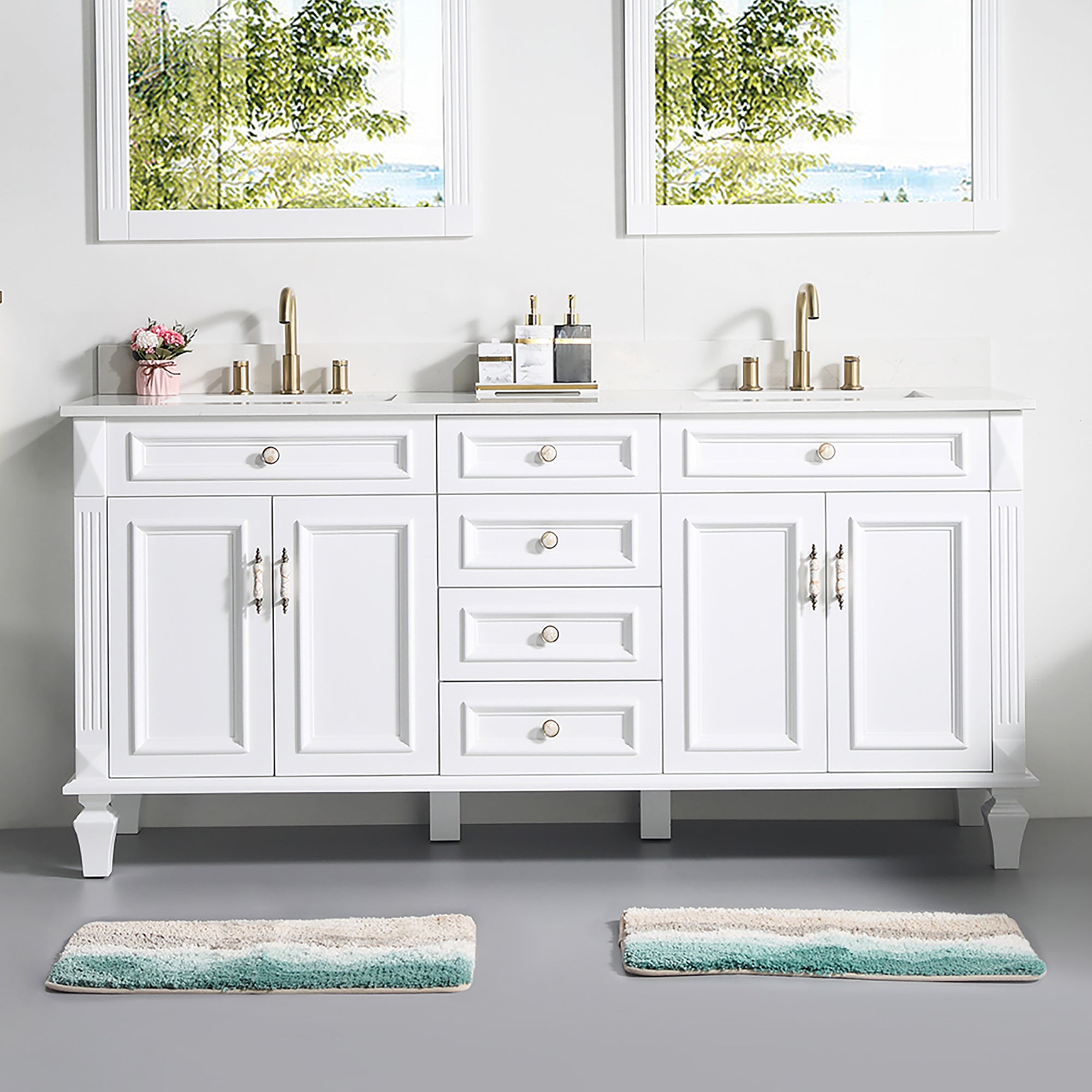
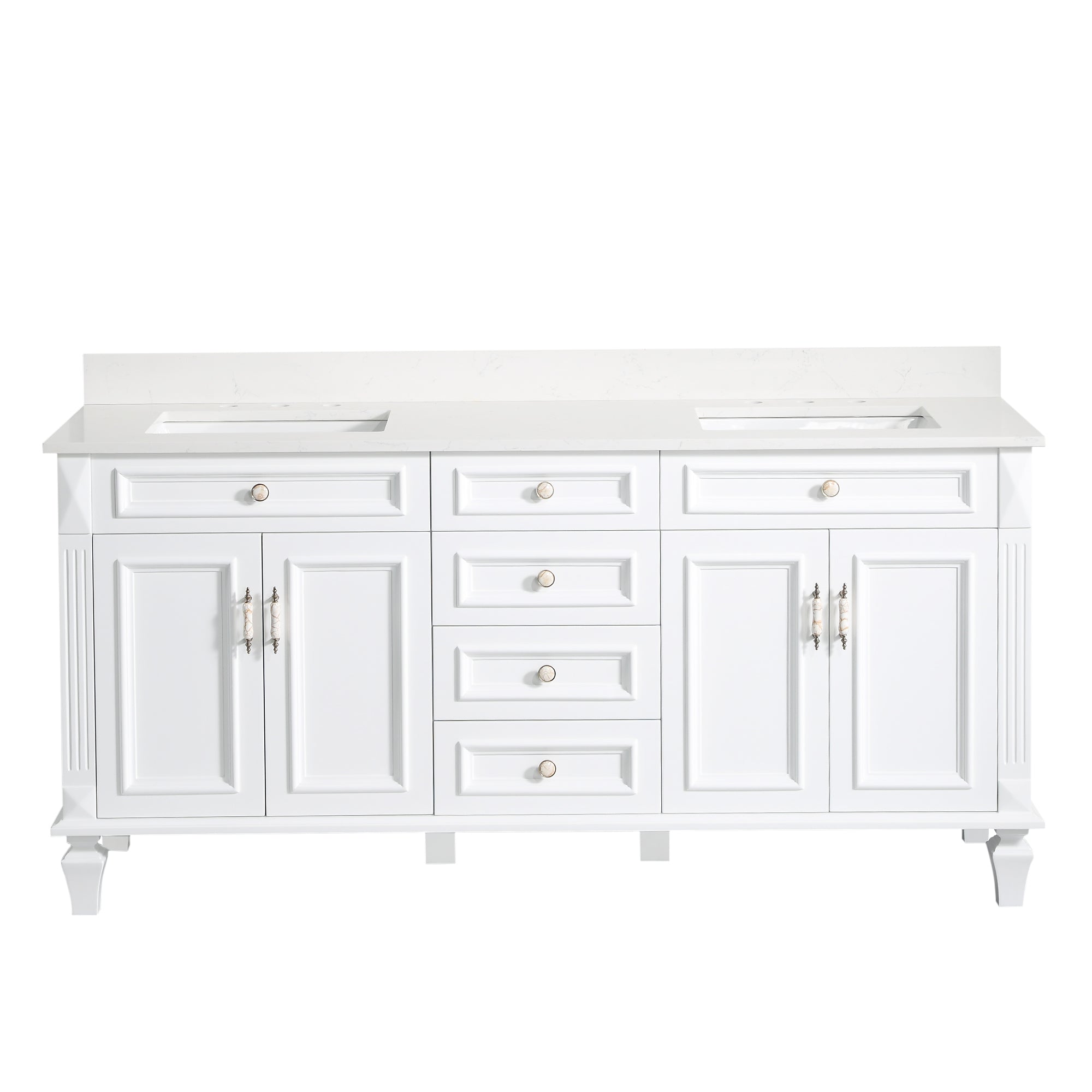
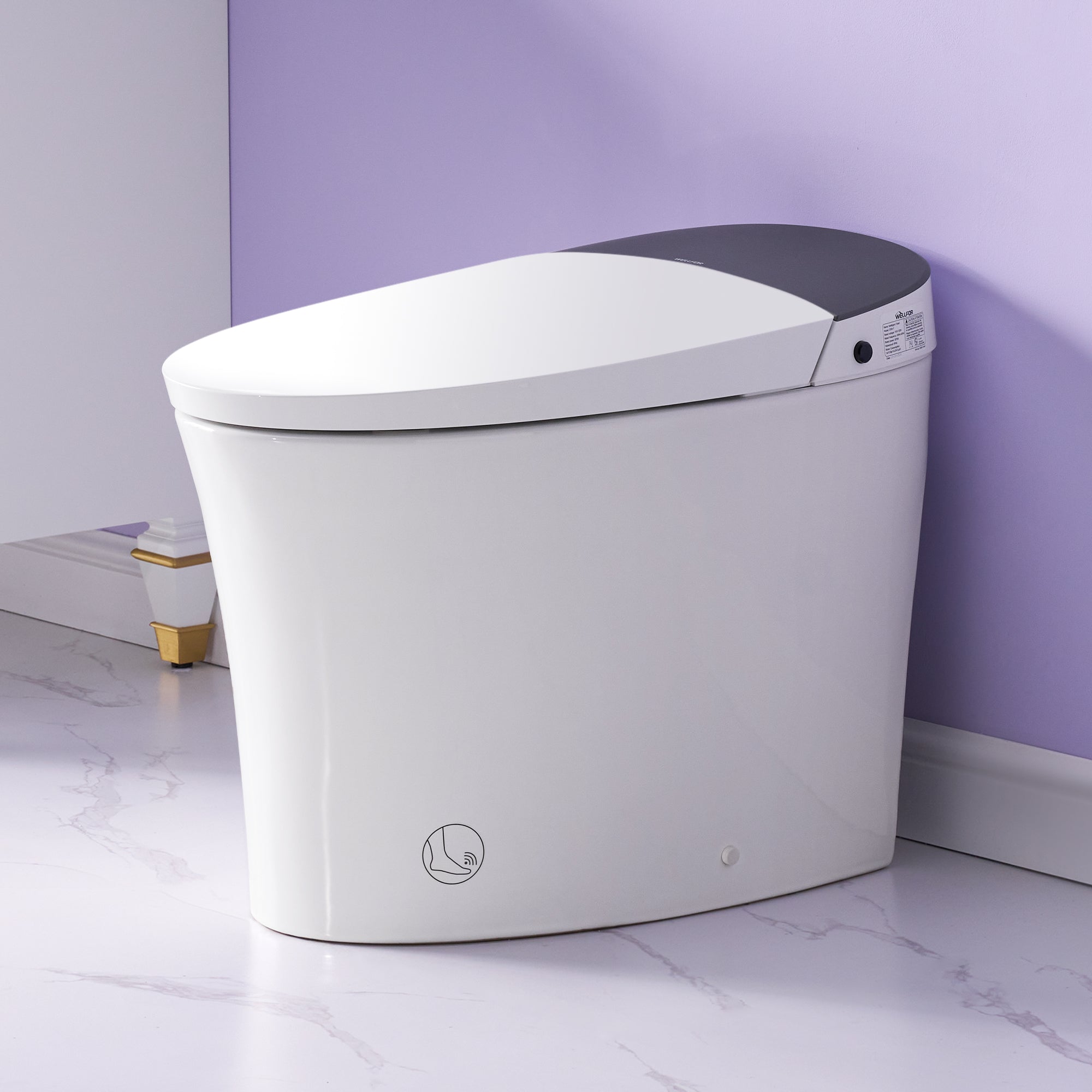
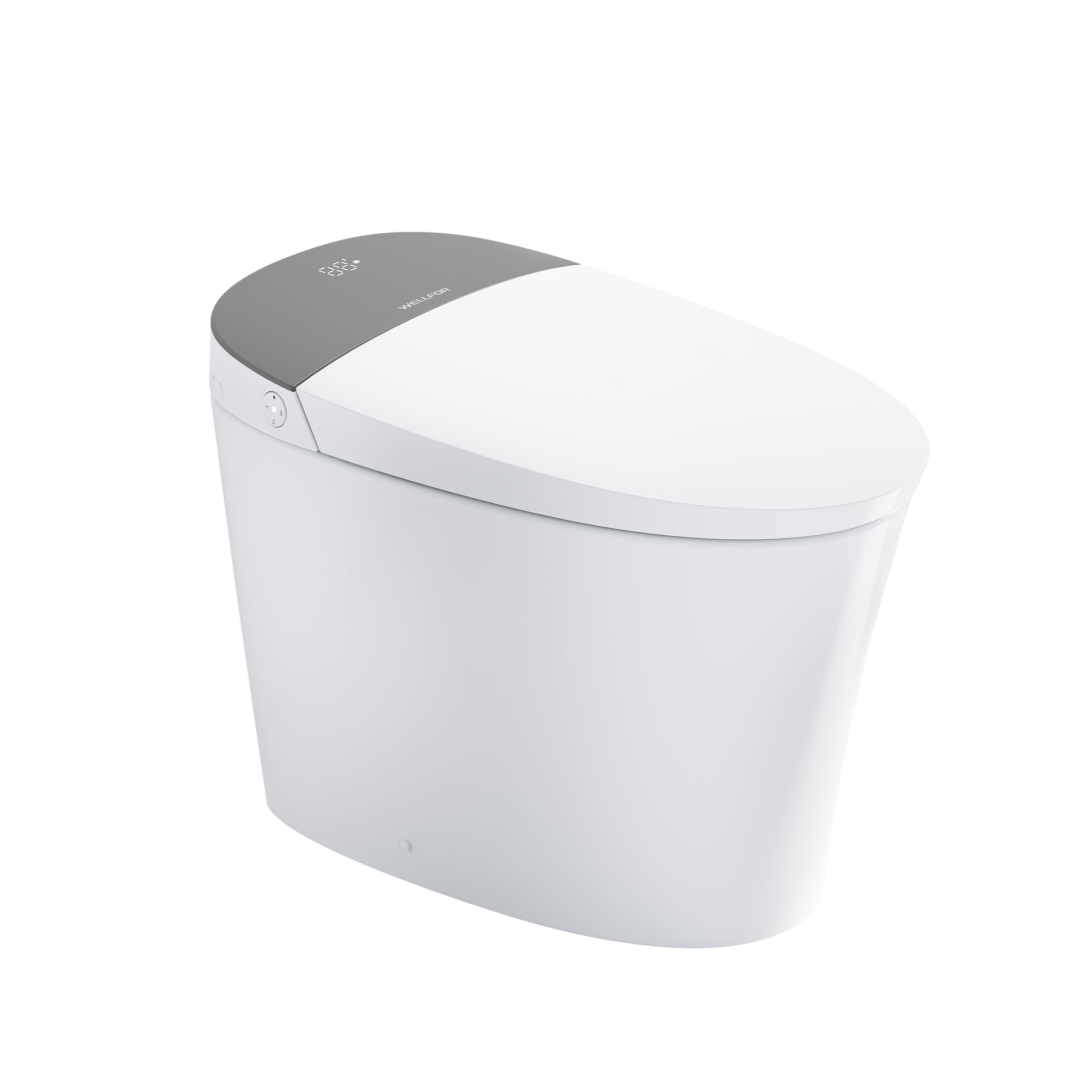
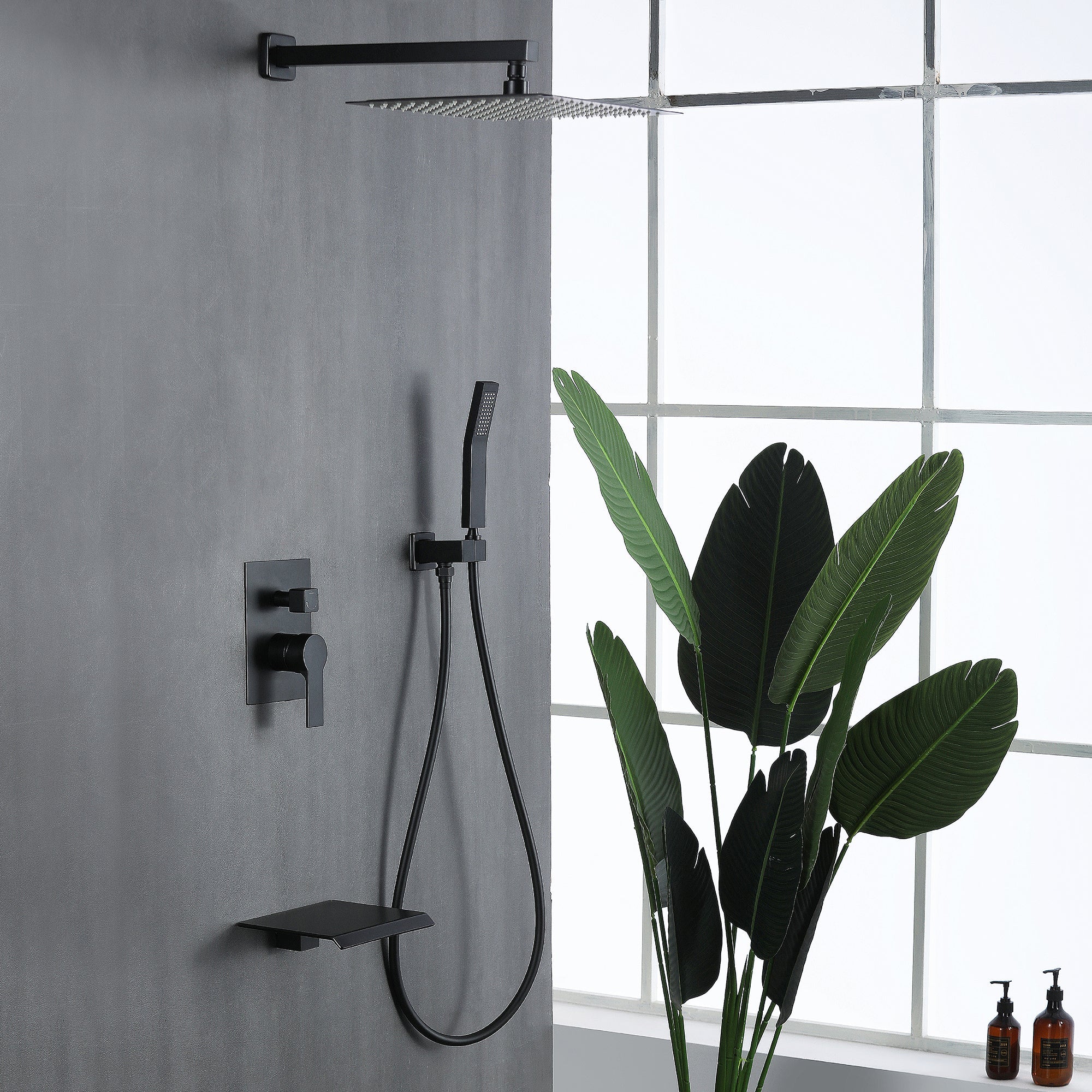
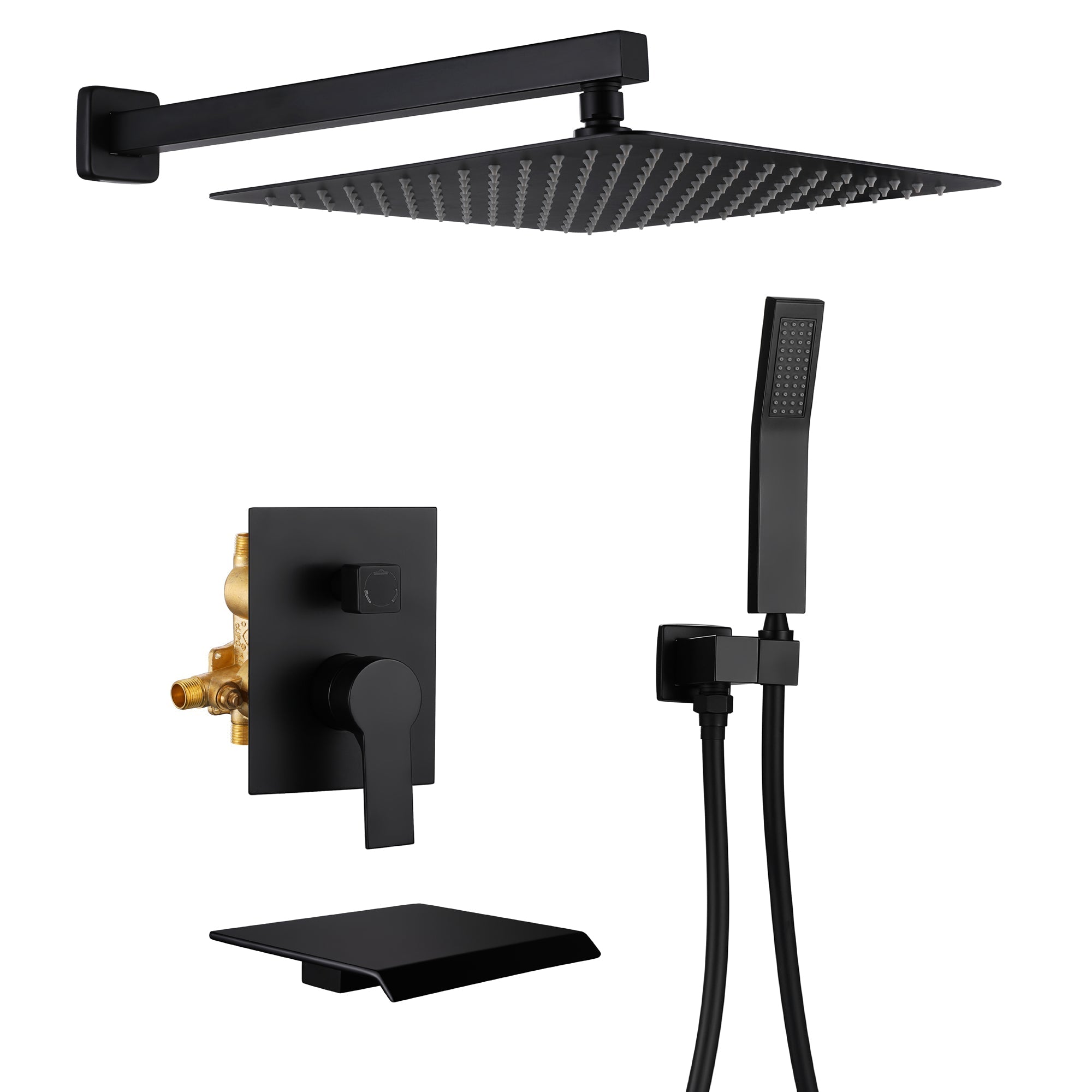
Leave a comment
This site is protected by hCaptcha and the hCaptcha Privacy Policy and Terms of Service apply.